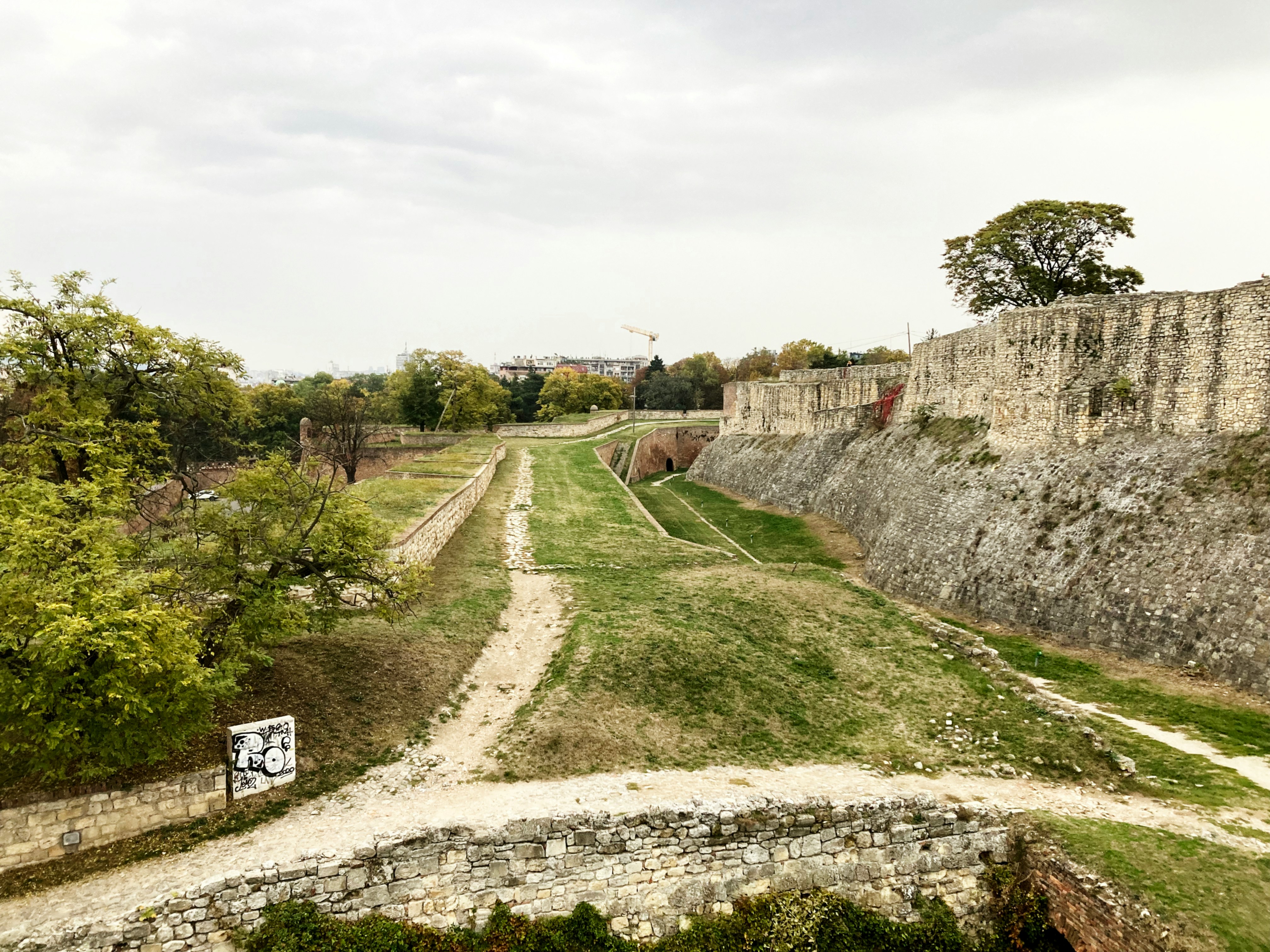
Cruise & Rail: Venice, Istanbul & the Balkans
Cruise & Rail: Venice, Istanbul & the Balkans
Cruise overview
WHY BOOK WITH US?
- ✔ The Deluxe Cruises’ team has extensive experience in ultra-luxury cruising.
- ✔ Call now to speak to our helpful and experienced Cruise Concierge team.
- ✔ Enjoy our Unique Deluxe Cruises Bonus for substantial savings.
- ✔ Our team will tailor your holiday to your exacting requirements.
- ✔ As agents, we work under the protection of each cruise lines ABTA / ATOL licences
About Venice
Venice is a city unlike any other. No matter how often you've seen it in photos and films, the real thing is more dreamlike than you could imagine. With canals where streets should be, water shimmers everywhere. The fabulous palaces and churches reflect centuries of history in what was a wealthy trading center between Europe and the Orient. Getting lost in the narrow alleyways is a quintessential part of exploring Venice, but at some point you'll almost surely end up in Piazza San Marco, where tourists and locals congregate for a coffee or an aperitif.
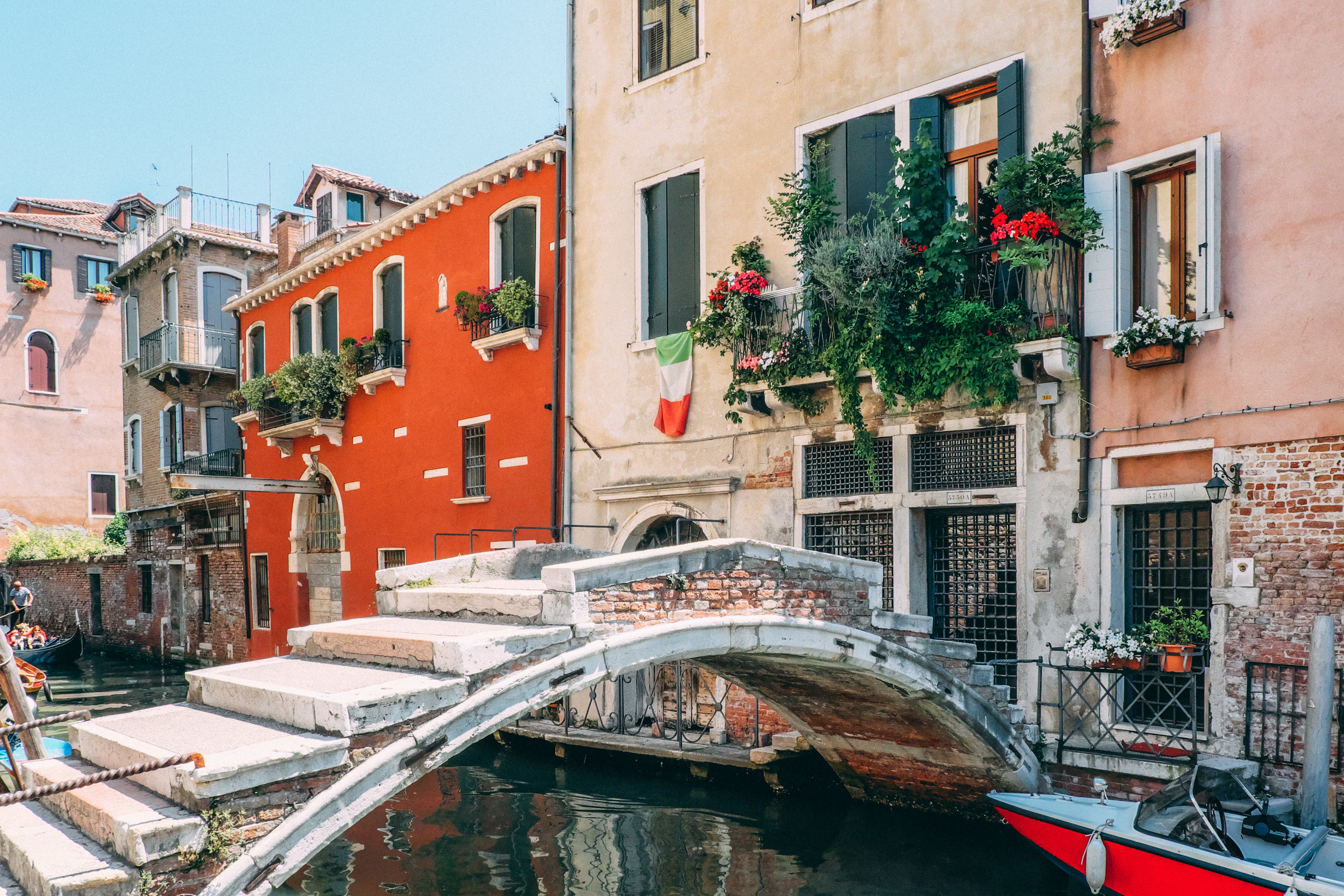
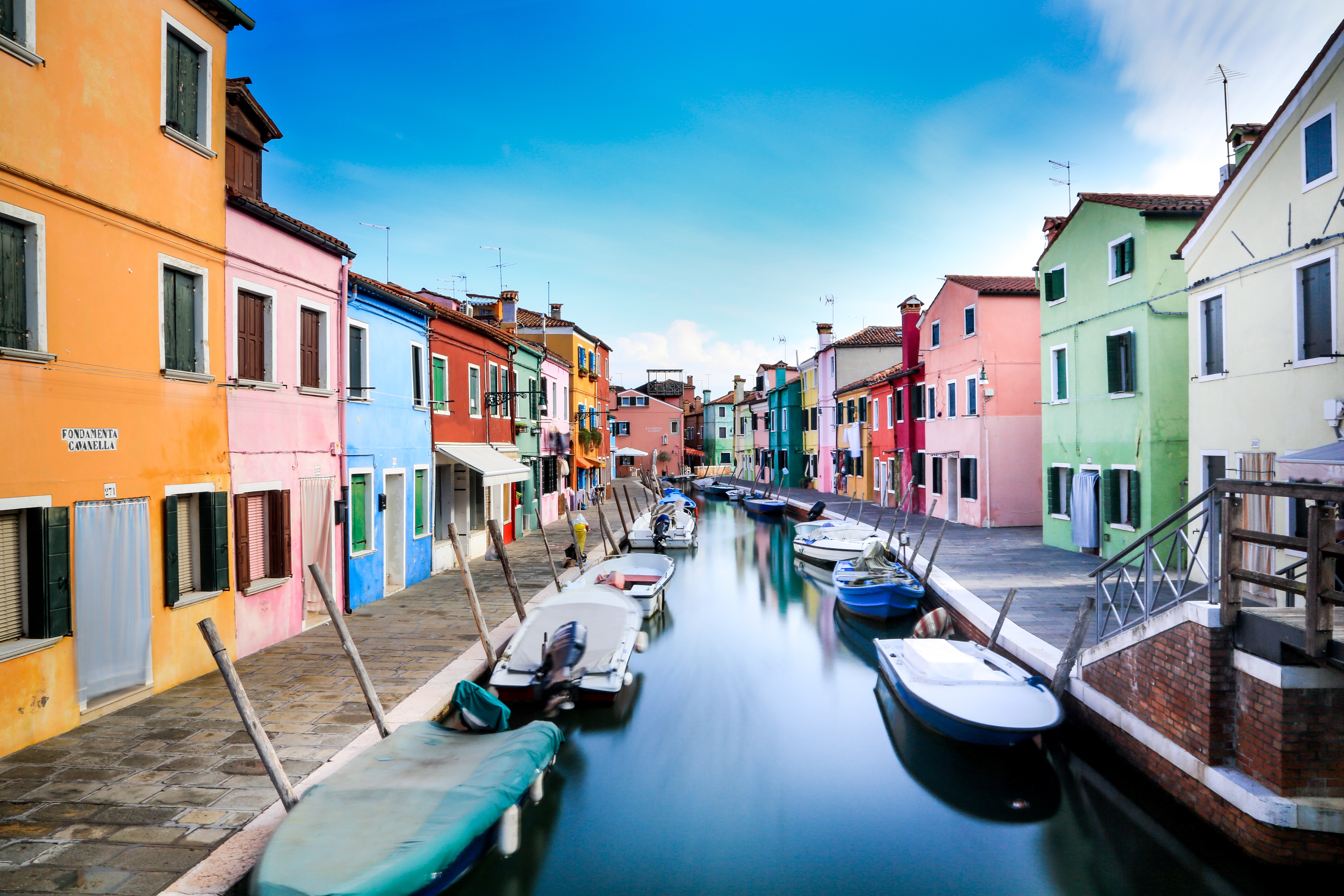
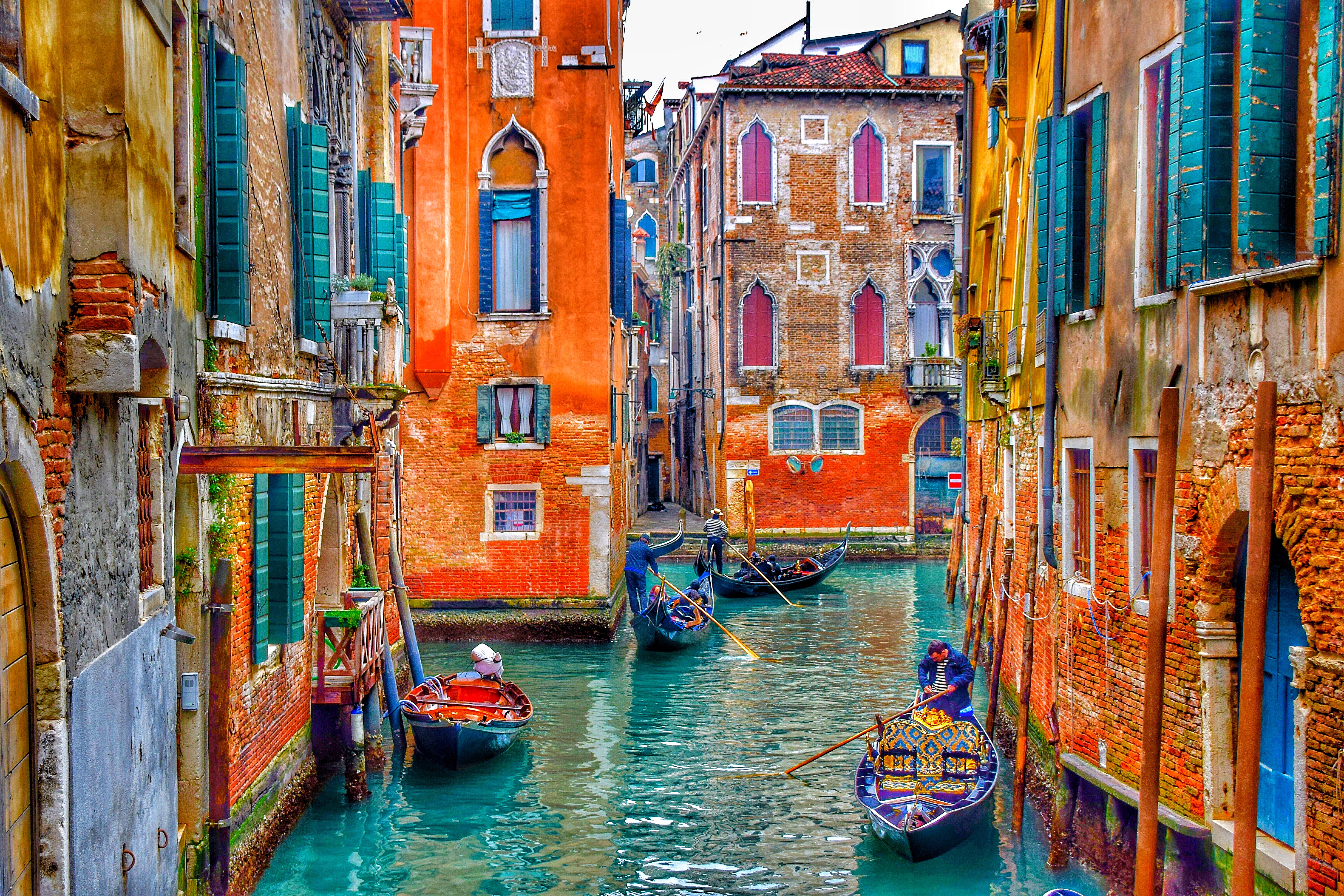
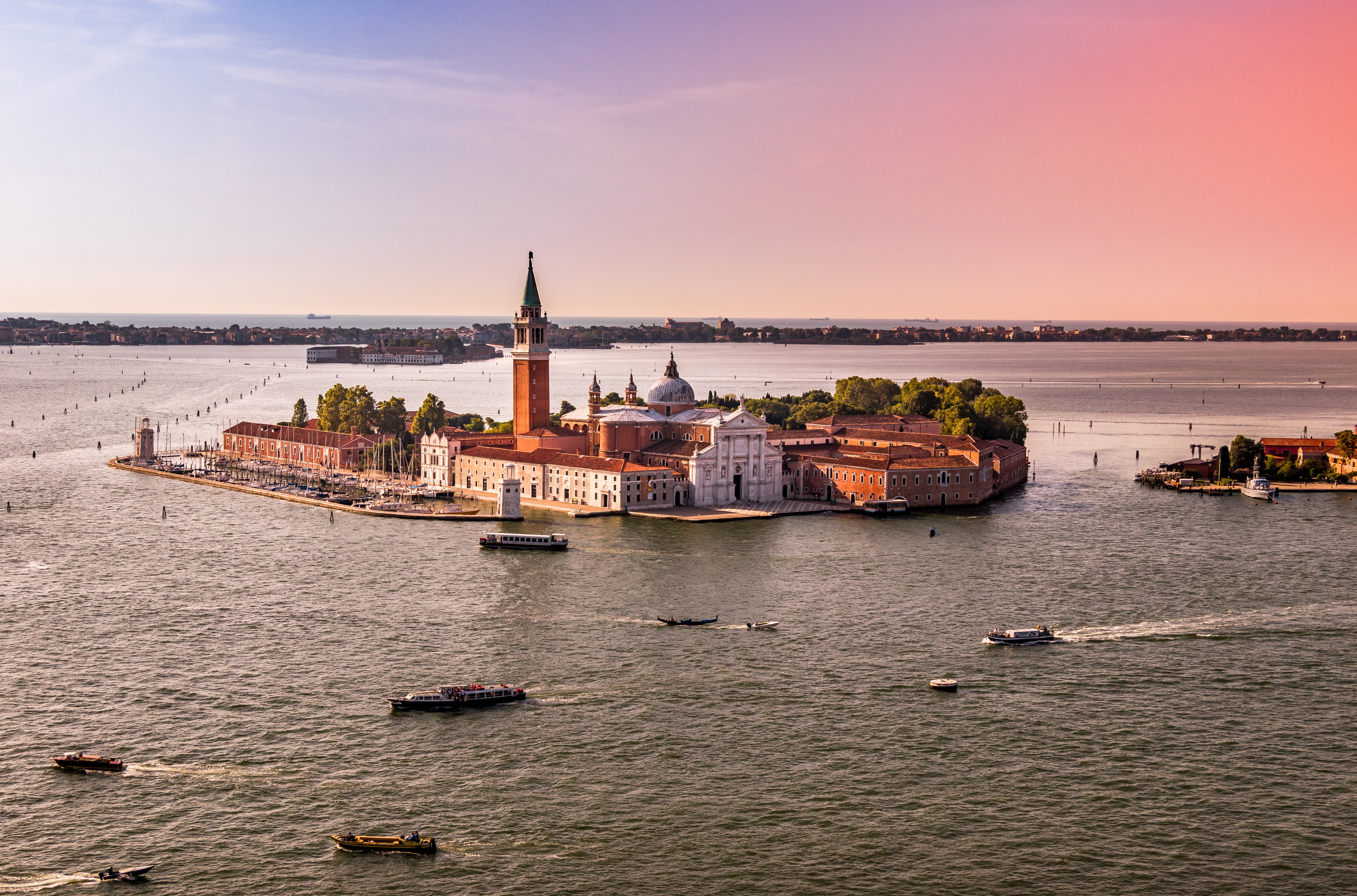
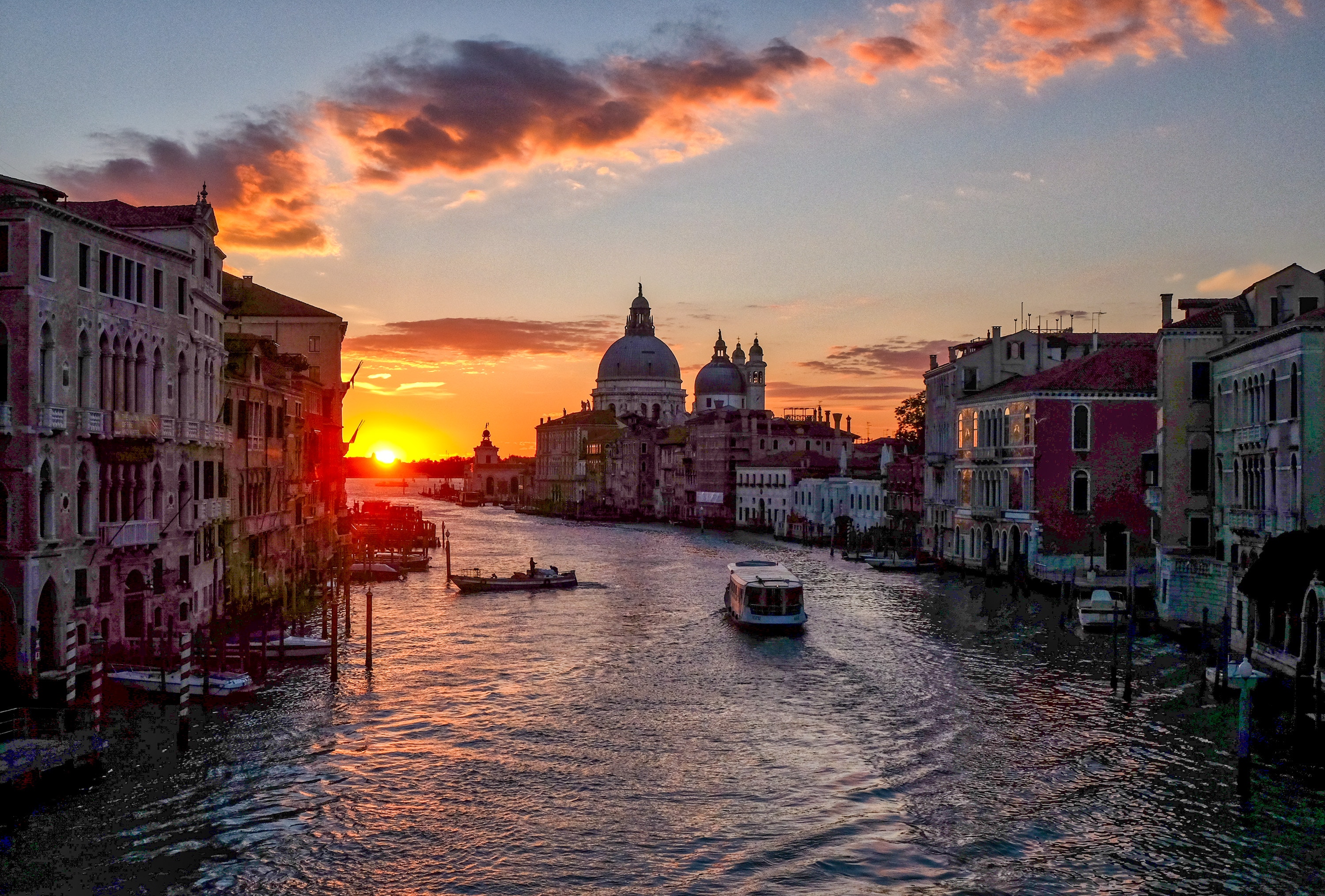
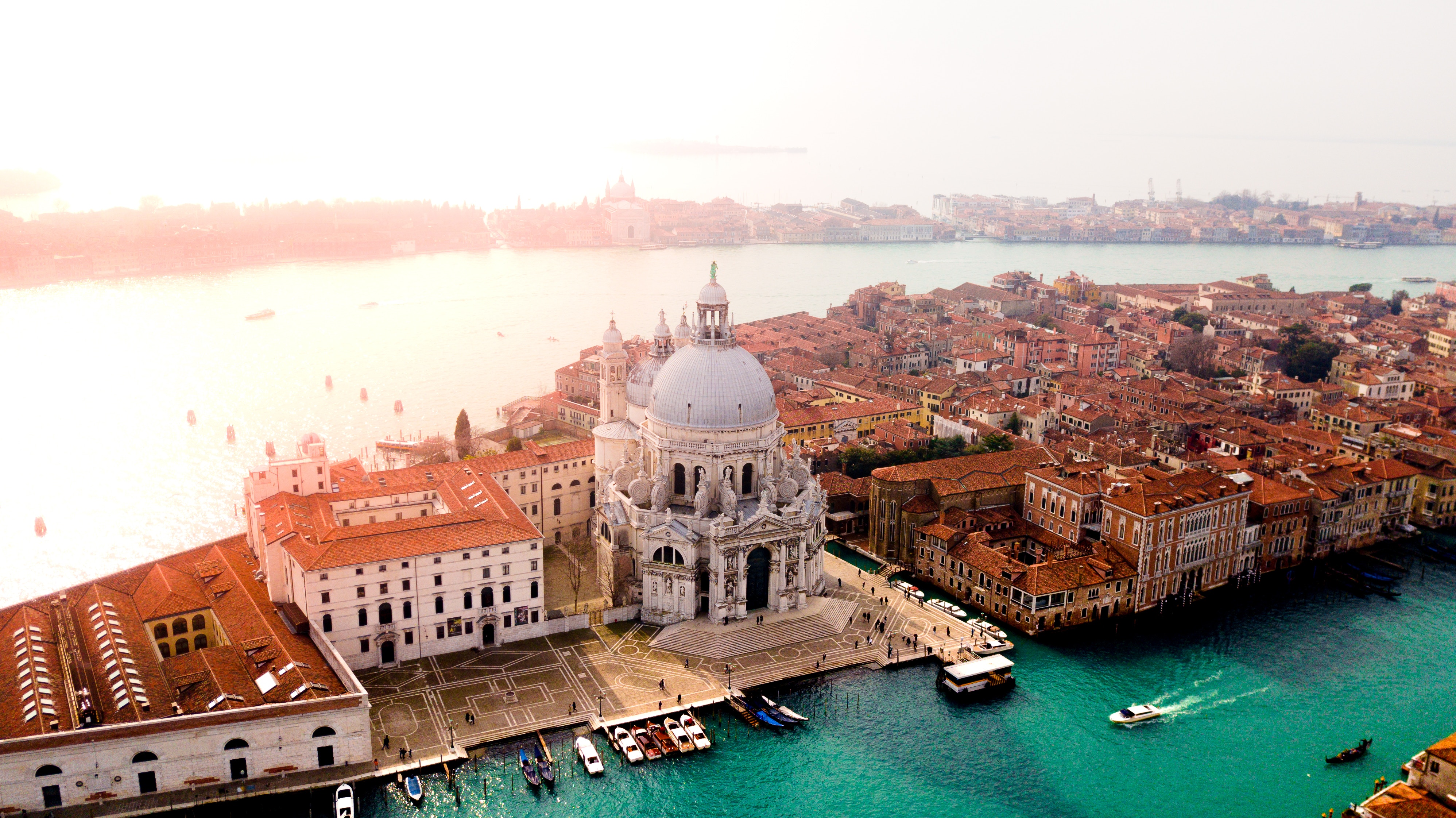
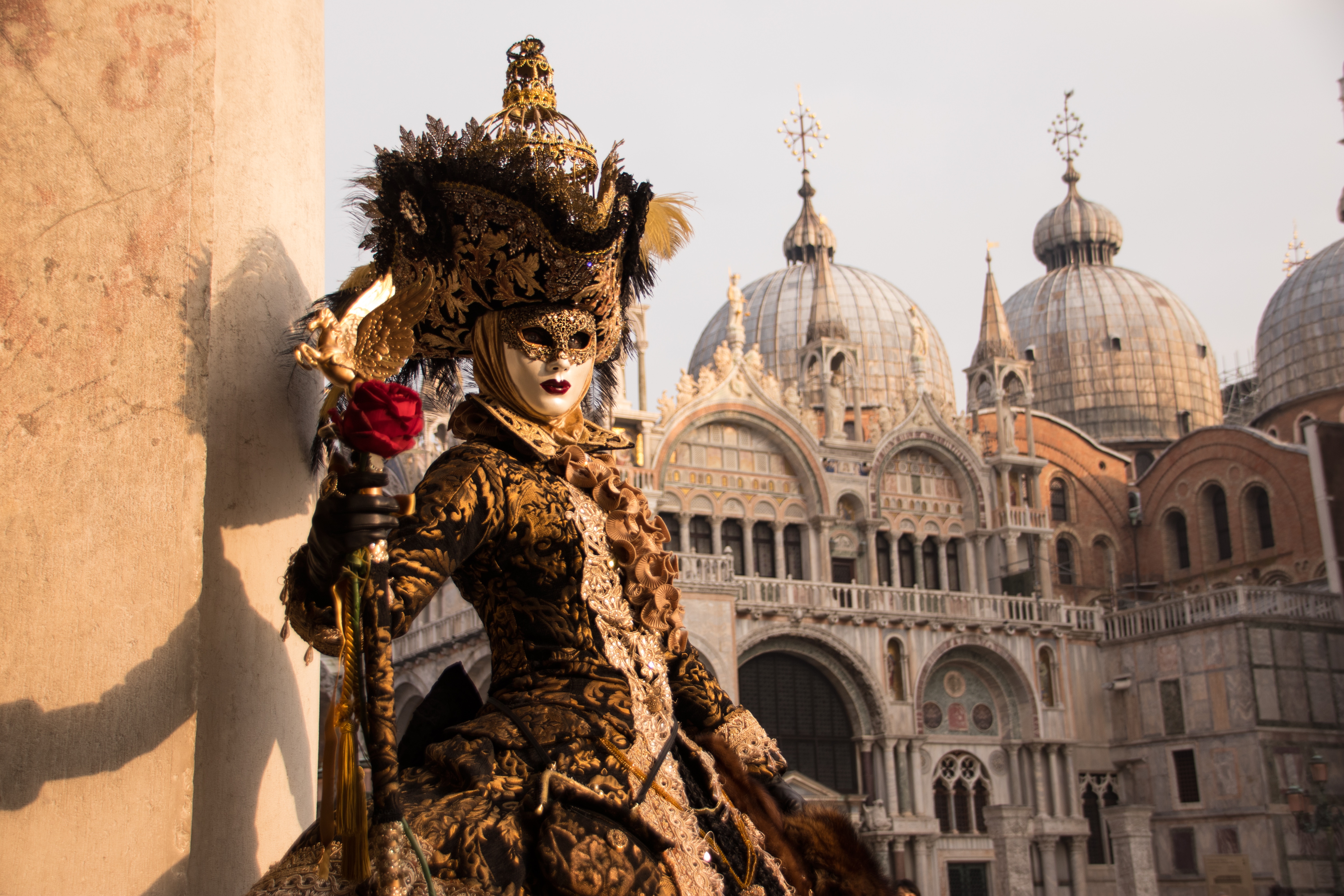
About Venice
Venice is a city unlike any other. No matter how often you've seen it in photos and films, the real thing is more dreamlike than you could imagine. With canals where streets should be, water shimmers everywhere. The fabulous palaces and churches reflect centuries of history in what was a wealthy trading center between Europe and the Orient. Getting lost in the narrow alleyways is a quintessential part of exploring Venice, but at some point you'll almost surely end up in Piazza San Marco, where tourists and locals congregate for a coffee or an aperitif.







About Venice
Venice is a city unlike any other. No matter how often you've seen it in photos and films, the real thing is more dreamlike than you could imagine. With canals where streets should be, water shimmers everywhere. The fabulous palaces and churches reflect centuries of history in what was a wealthy trading center between Europe and the Orient. Getting lost in the narrow alleyways is a quintessential part of exploring Venice, but at some point you'll almost surely end up in Piazza San Marco, where tourists and locals congregate for a coffee or an aperitif.







About Chioggia
Chioggia, Italy, is a charming coastal town in the Veneto region, often called "Little Venice" for its picturesque canals and historic architecture. Located on a small island in the Venetian Lagoon, it boasts colorful buildings, bustling fish markets, and scenic bridges. Key attractions include the elegant Church of San Domenico and the vibrant Corso del Popolo. Known for its fishing heritage and serene beaches, Chioggia offers a unique blend of maritime tradition and Venetian charm, making it a delightful destination for visitors seeking a tranquil yet vibrant experience.

About Chioggia
Chioggia, Italy, is a charming coastal town in the Veneto region, often called "Little Venice" for its picturesque canals and historic architecture. Located on a small island in the Venetian Lagoon, it boasts colorful buildings, bustling fish markets, and scenic bridges. Key attractions include the elegant Church of San Domenico and the vibrant Corso del Popolo. Known for its fishing heritage and serene beaches, Chioggia offers a unique blend of maritime tradition and Venetian charm, making it a delightful destination for visitors seeking a tranquil yet vibrant experience.

About Venice
Venice is a city unlike any other. No matter how often you've seen it in photos and films, the real thing is more dreamlike than you could imagine. With canals where streets should be, water shimmers everywhere. The fabulous palaces and churches reflect centuries of history in what was a wealthy trading center between Europe and the Orient. Getting lost in the narrow alleyways is a quintessential part of exploring Venice, but at some point you'll almost surely end up in Piazza San Marco, where tourists and locals congregate for a coffee or an aperitif.







About Venice
Venice is a city unlike any other. No matter how often you've seen it in photos and films, the real thing is more dreamlike than you could imagine. With canals where streets should be, water shimmers everywhere. The fabulous palaces and churches reflect centuries of history in what was a wealthy trading center between Europe and the Orient. Getting lost in the narrow alleyways is a quintessential part of exploring Venice, but at some point you'll almost surely end up in Piazza San Marco, where tourists and locals congregate for a coffee or an aperitif.







About Venice
Venice is a city unlike any other. No matter how often you've seen it in photos and films, the real thing is more dreamlike than you could imagine. With canals where streets should be, water shimmers everywhere. The fabulous palaces and churches reflect centuries of history in what was a wealthy trading center between Europe and the Orient. Getting lost in the narrow alleyways is a quintessential part of exploring Venice, but at some point you'll almost surely end up in Piazza San Marco, where tourists and locals congregate for a coffee or an aperitif.







About Sarajevo







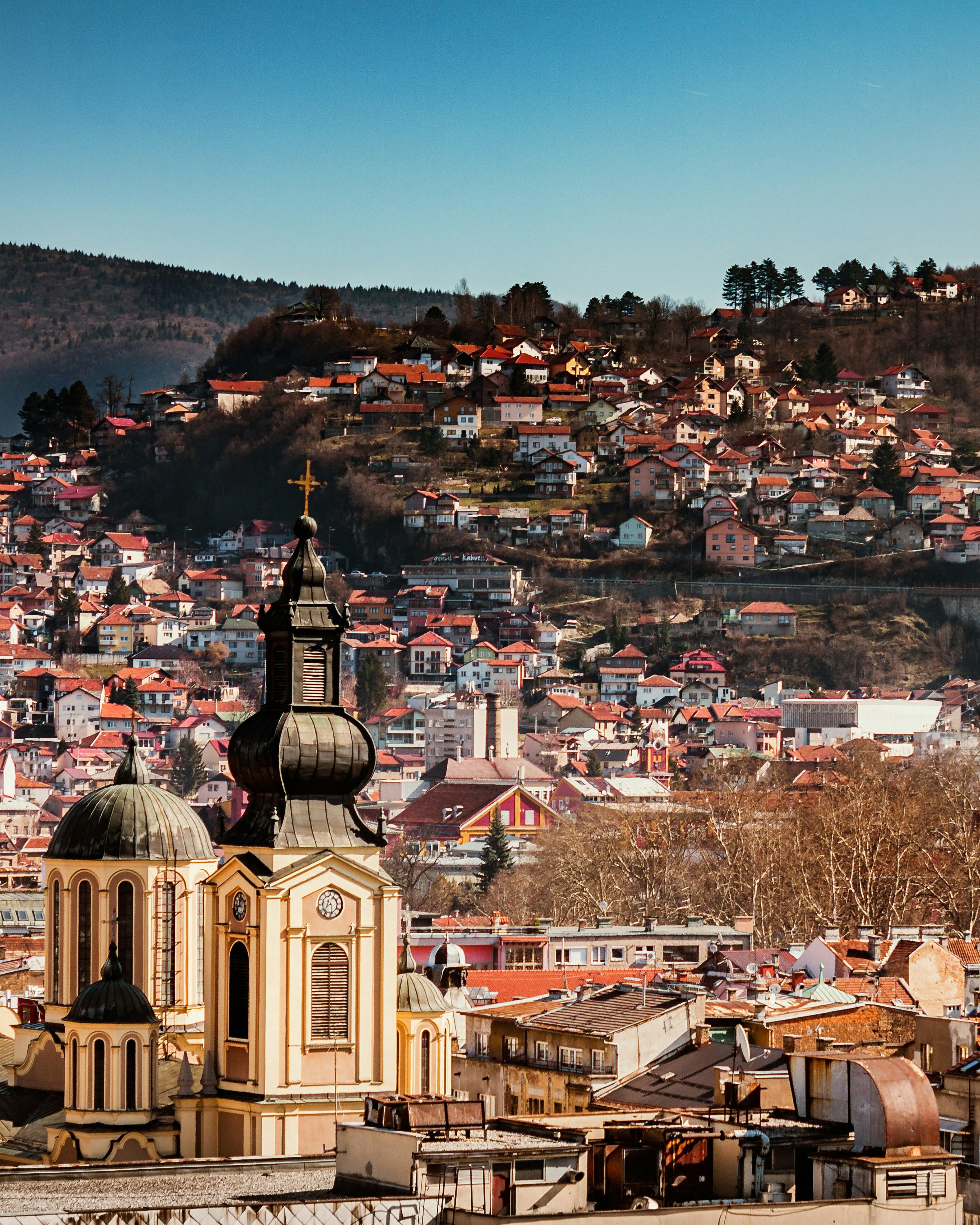




About Belgrade
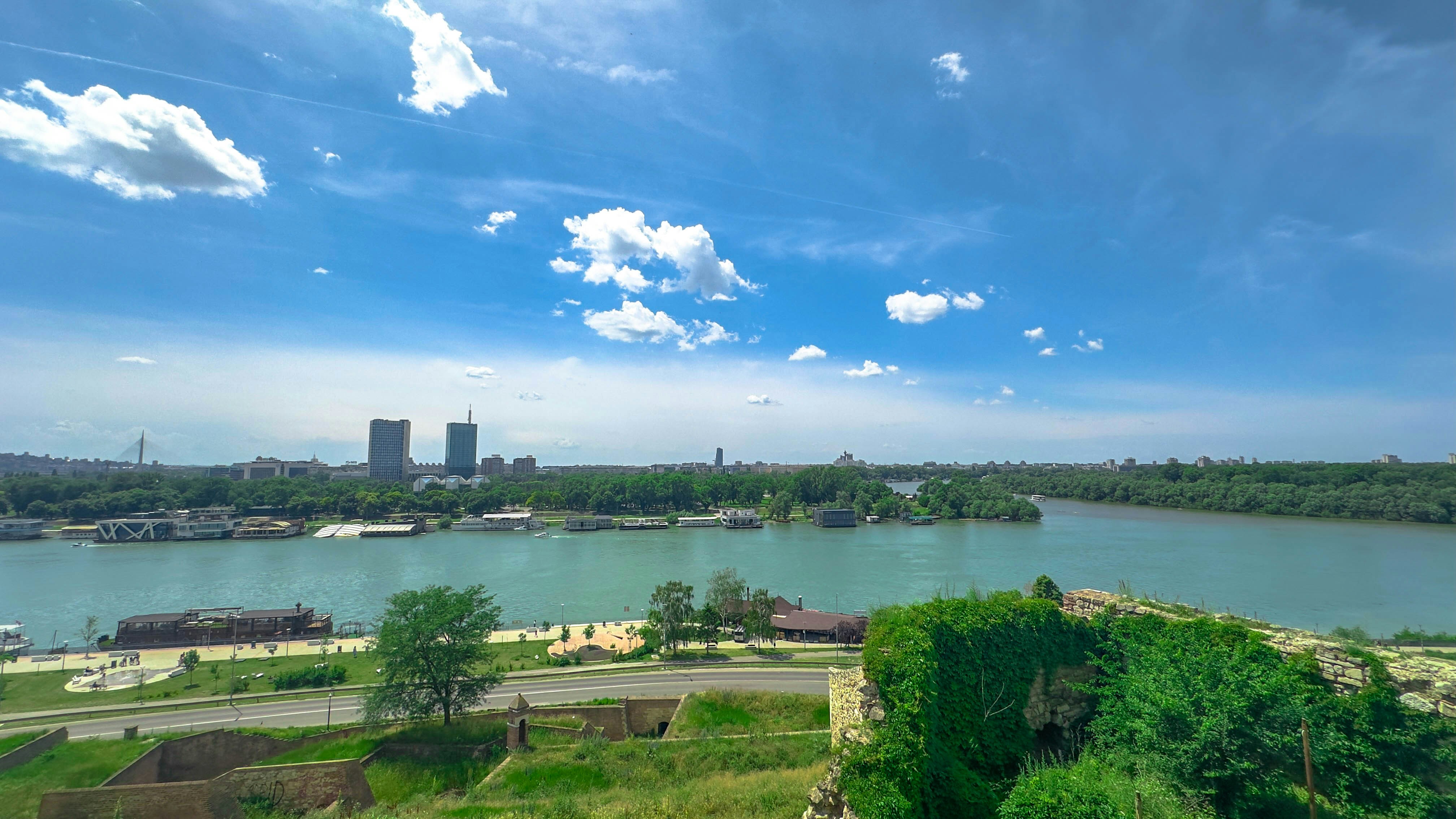
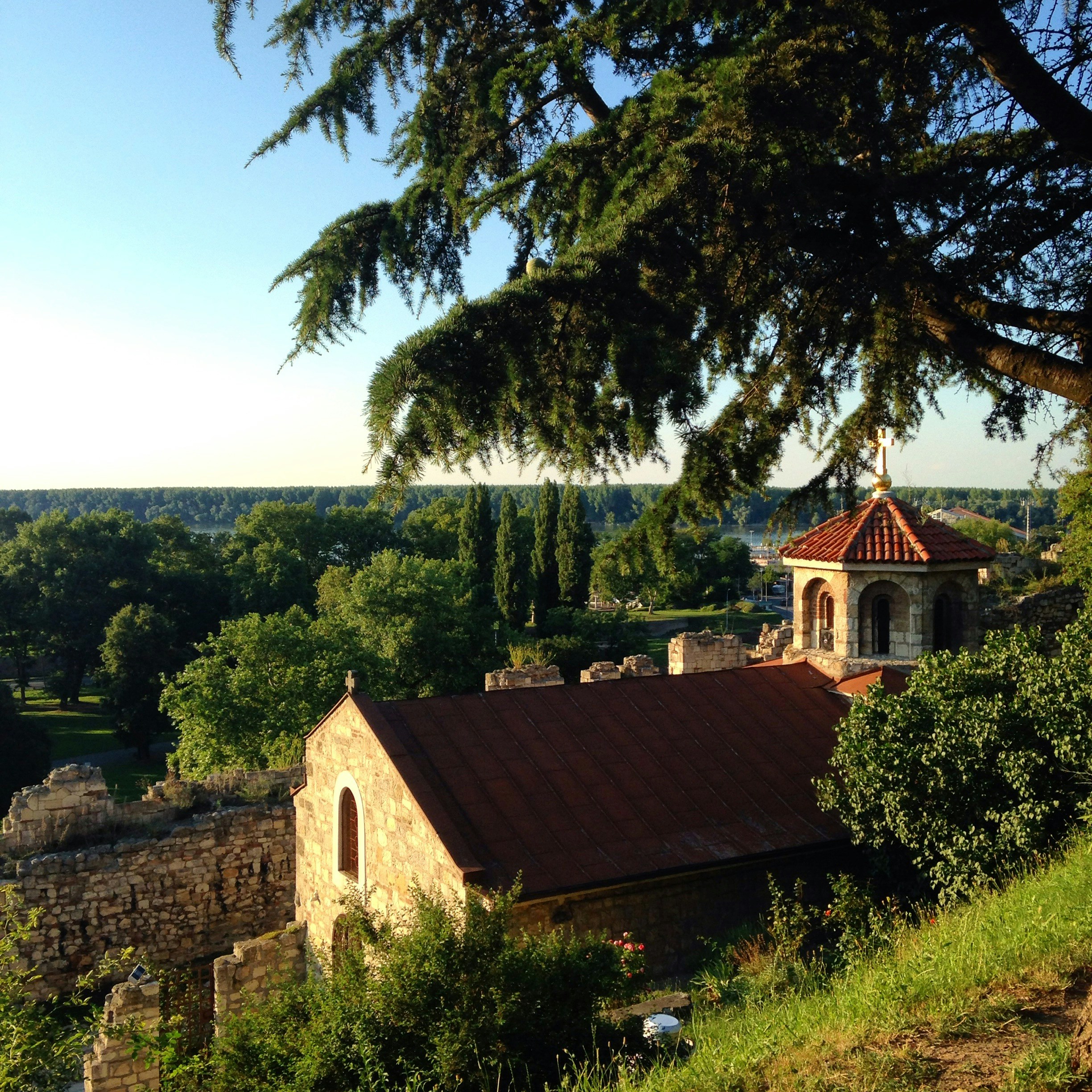

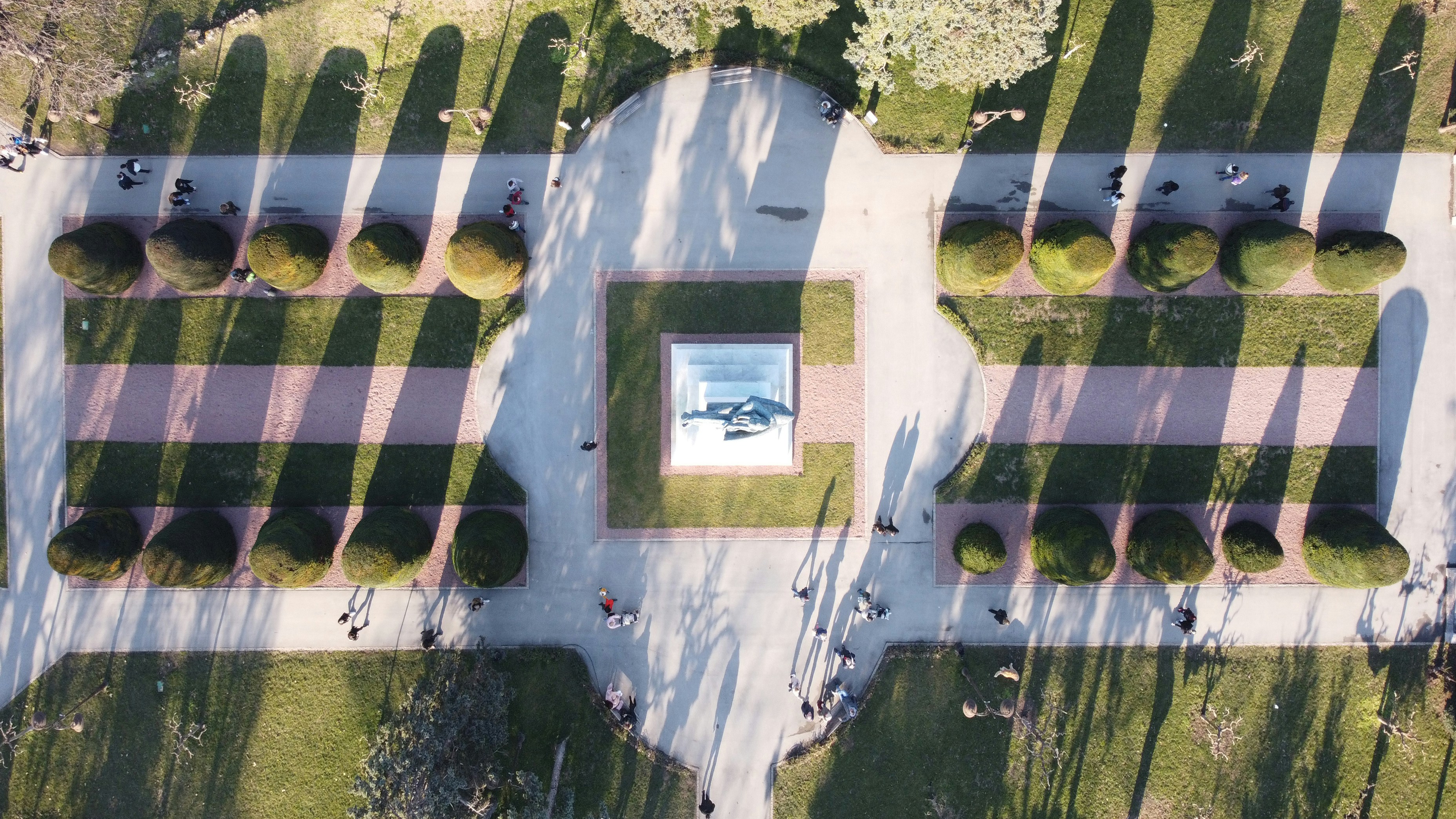
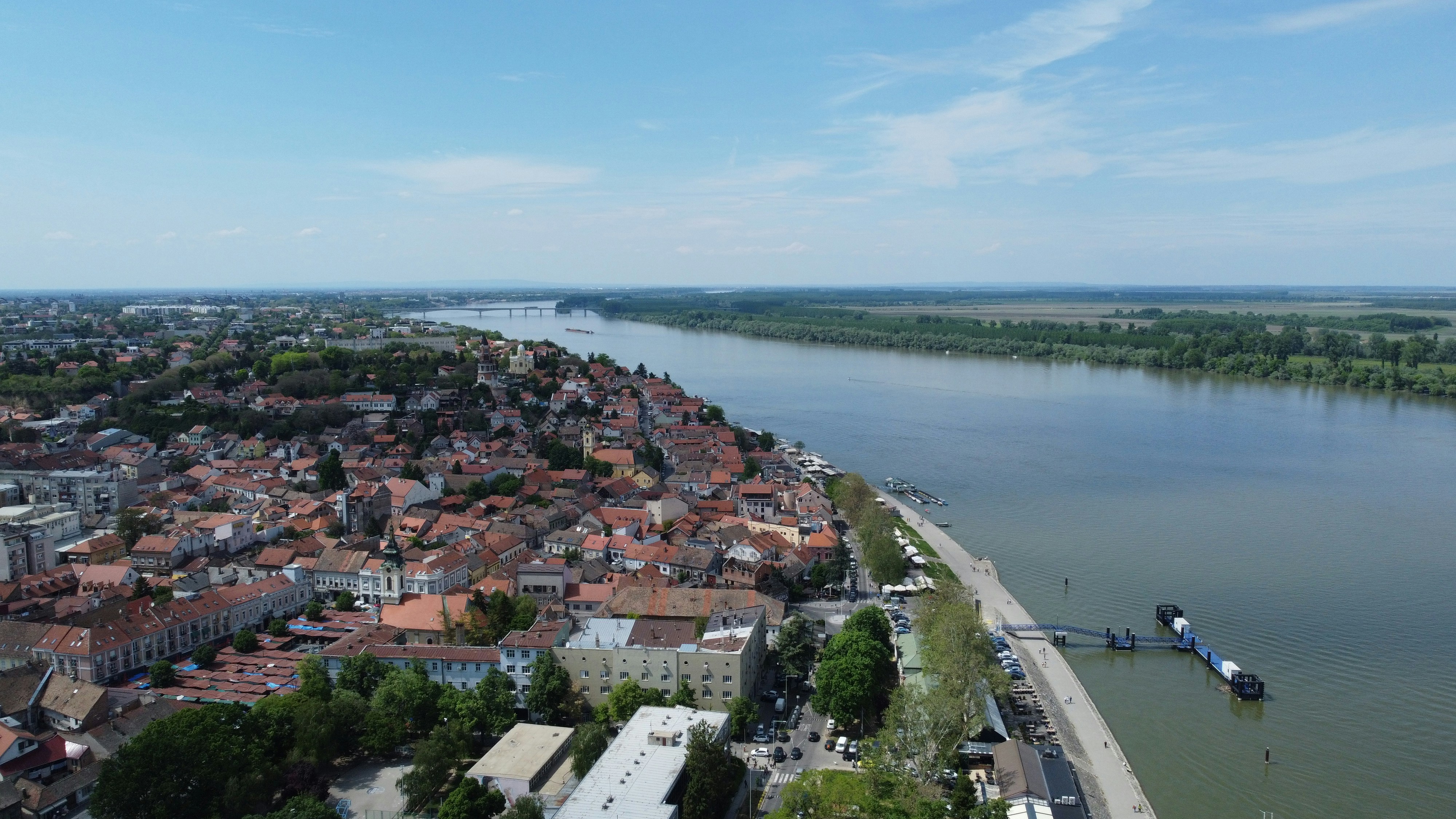
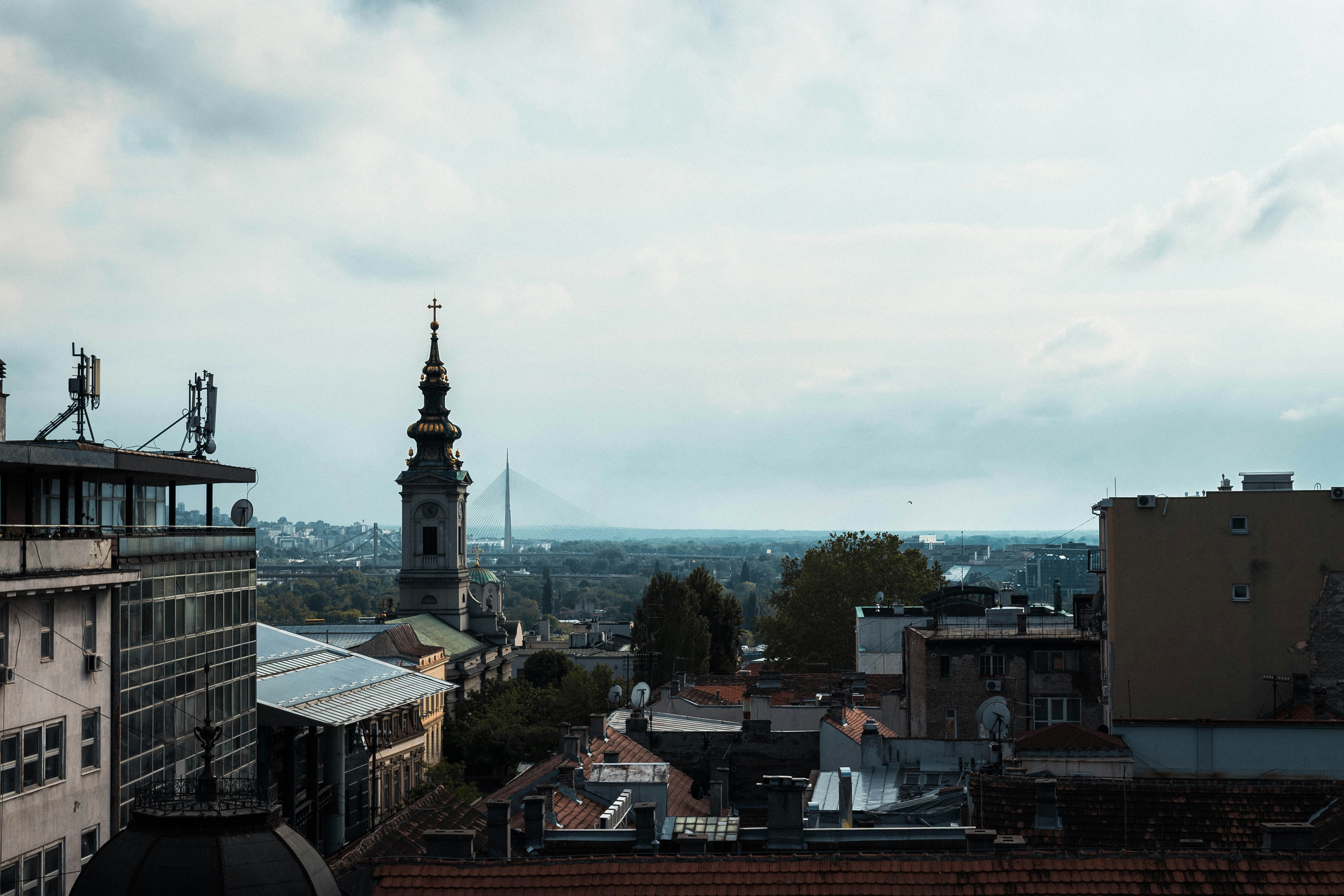
About Podgorica
About Skopje








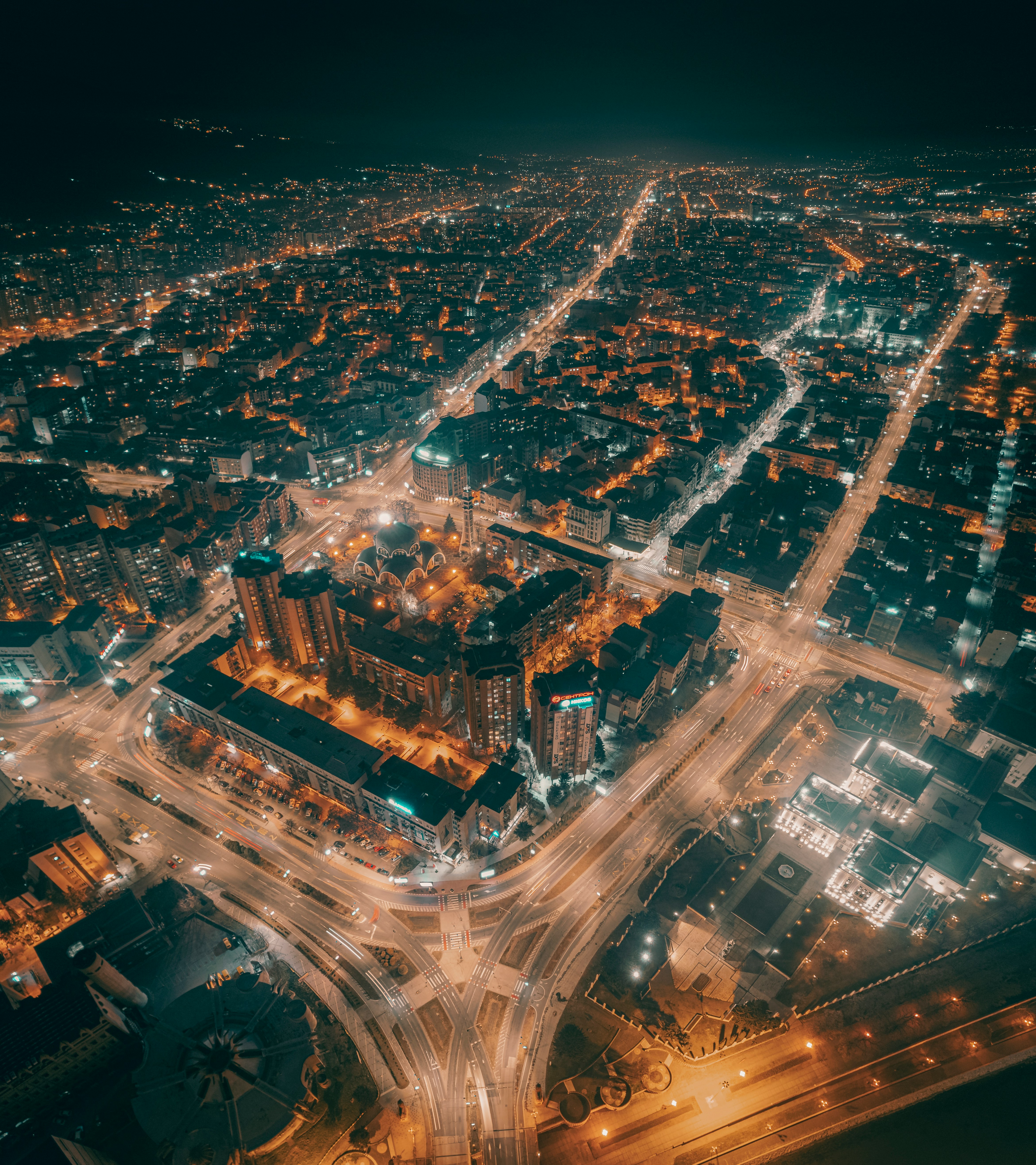

About Sofia
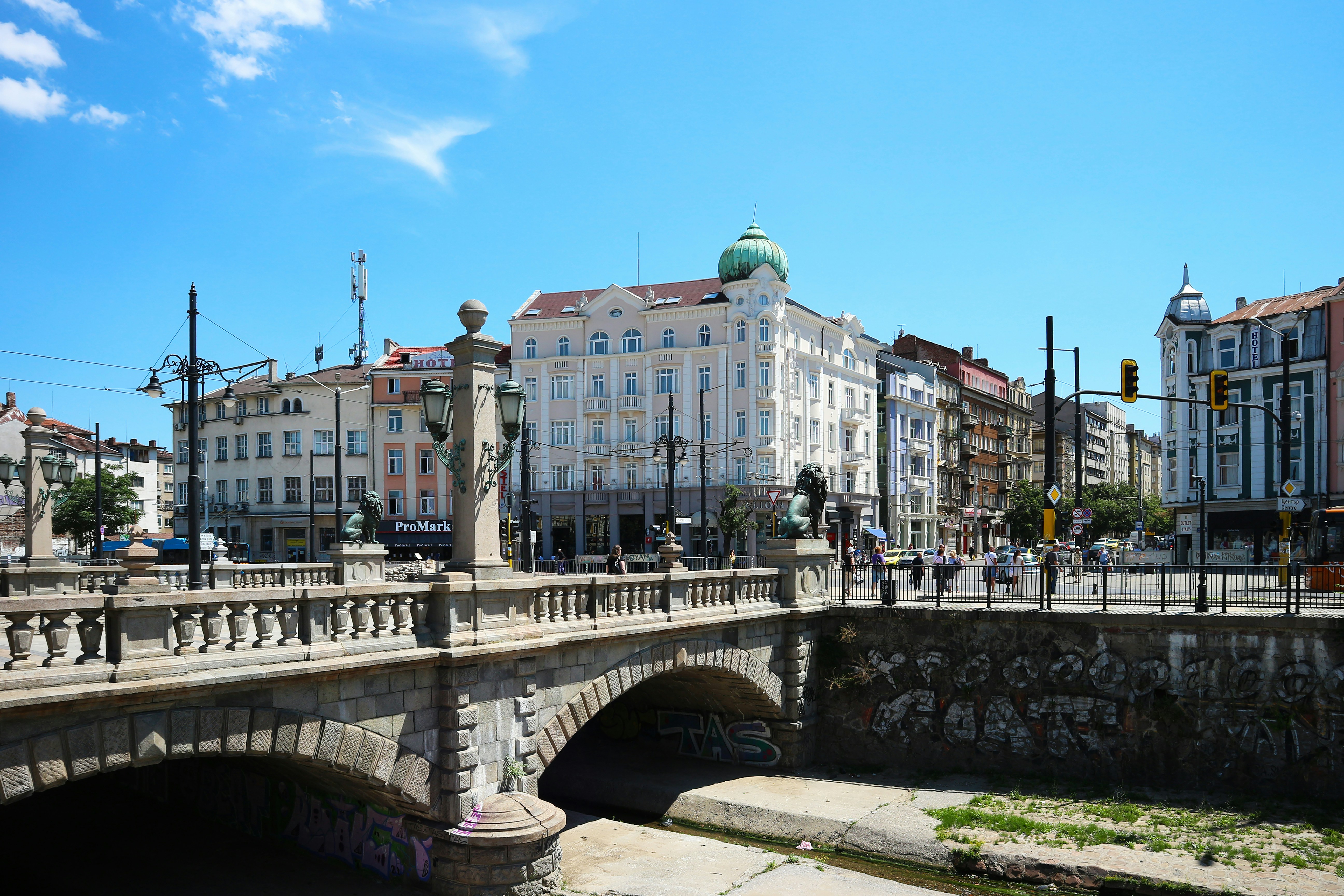
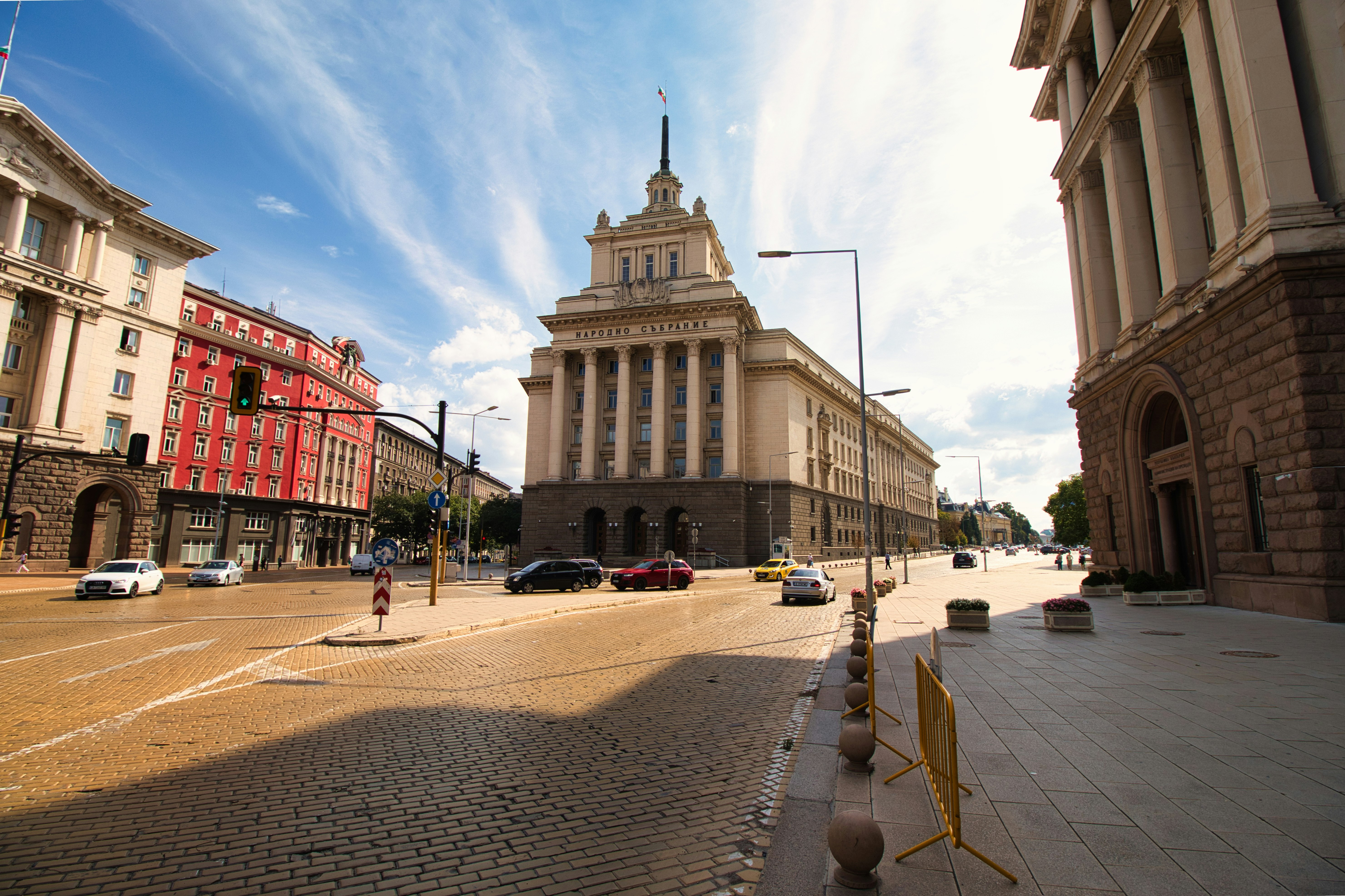
About Istanbul
The only city in the world that can lay claim to straddling two continents, Istanbul—once known as Constantinople, capital of the Byzantine and then the Ottoman Empire—has for centuries been a bustling metropolis with one foot in Europe and the other in Asia. Istanbul embraces this enviable position with both a certain chaos and inventiveness, ever evolving as one of the world’s most cosmopolitan crossroads. It’s often said that Istanbul is the meeting point of East and West, but visitors to this city built over the former capital of two great empires are likely to be just as impressed by the juxtaposition of old and new. Office towers creep up behind historic palaces, women in chic designer outfits pass others wearing long skirts and head coverings, peddlers’ pushcarts vie with battered old Fiats and shiny BMWs for dominance of the noisy, narrow streets, and the Grand Bazaar competes with modern shopping malls. At dawn, when the muezzin's call to prayer resounds from ancient minarets, there are inevitably a few hearty revelers still making their way home from nightclubs and bars. Most visitors to this sprawling city of more than 14 million will first set foot in the relatively compact Old City, where the legacy of the Byzantine and Ottoman empires can be seen in monumental works of architecture like the brilliant Aya Sofya and the beautifully proportioned mosques built by the great architect Sinan. Though it would be easy to spend days, if not weeks, exploring the wealth of attractions in the historical peninsula, visitors should make sure also to venture elsewhere in order to experience the vibrancy of contemporary Istanbul. With a lively nightlife propelled by its young population and an exciting arts scene that’s increasingly on the international radar—thanks in part to its stint as the European Capital of Culture in 2010—Istanbul is truly a city that never sleeps. It’s also a place where visitors will feel welcome: Istanbul may be on the Bosphorus, but at heart it’s a Mediterranean city, whose friendly inhabitants are effusively social and eager to share what they love most about it.

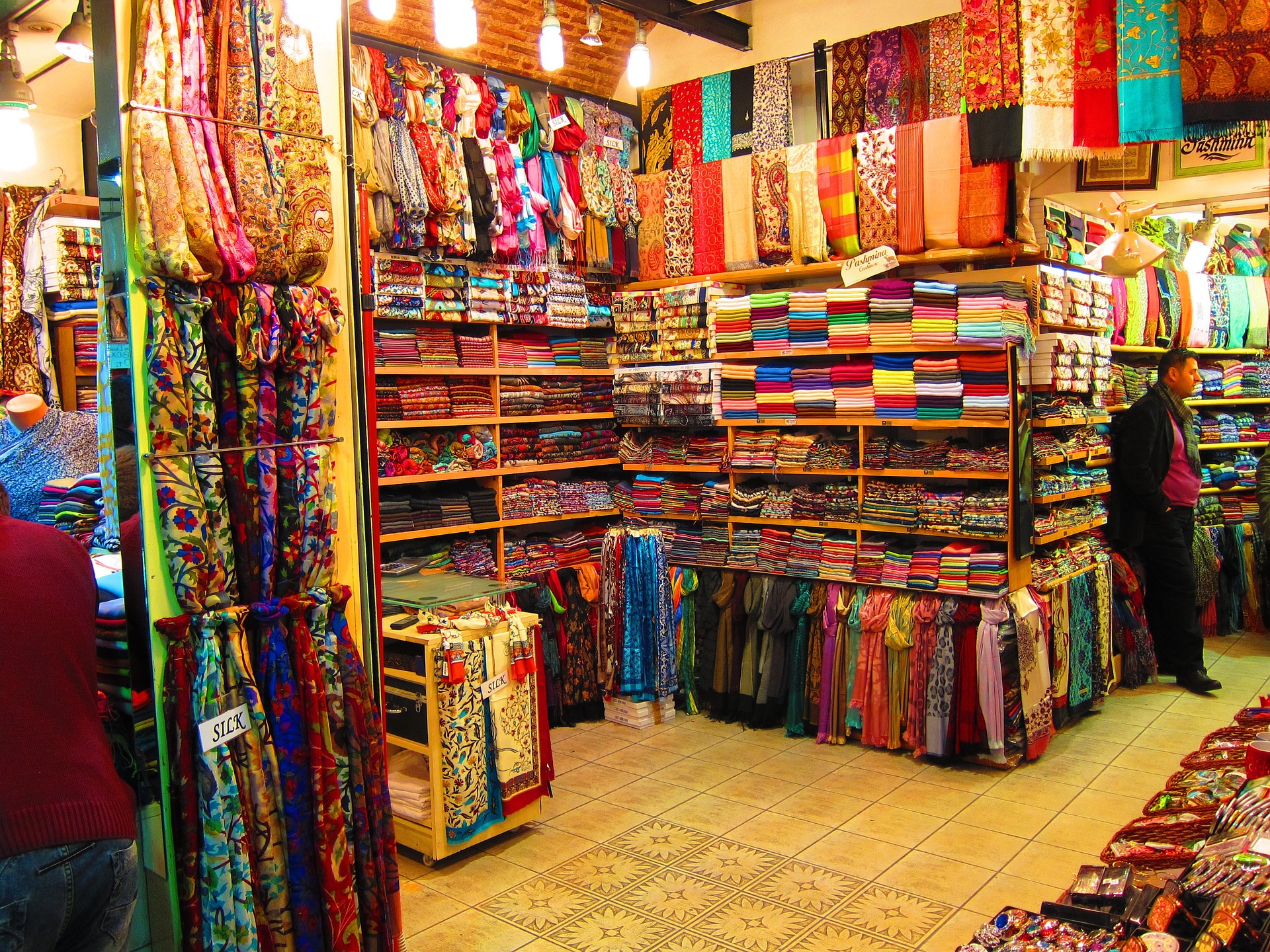
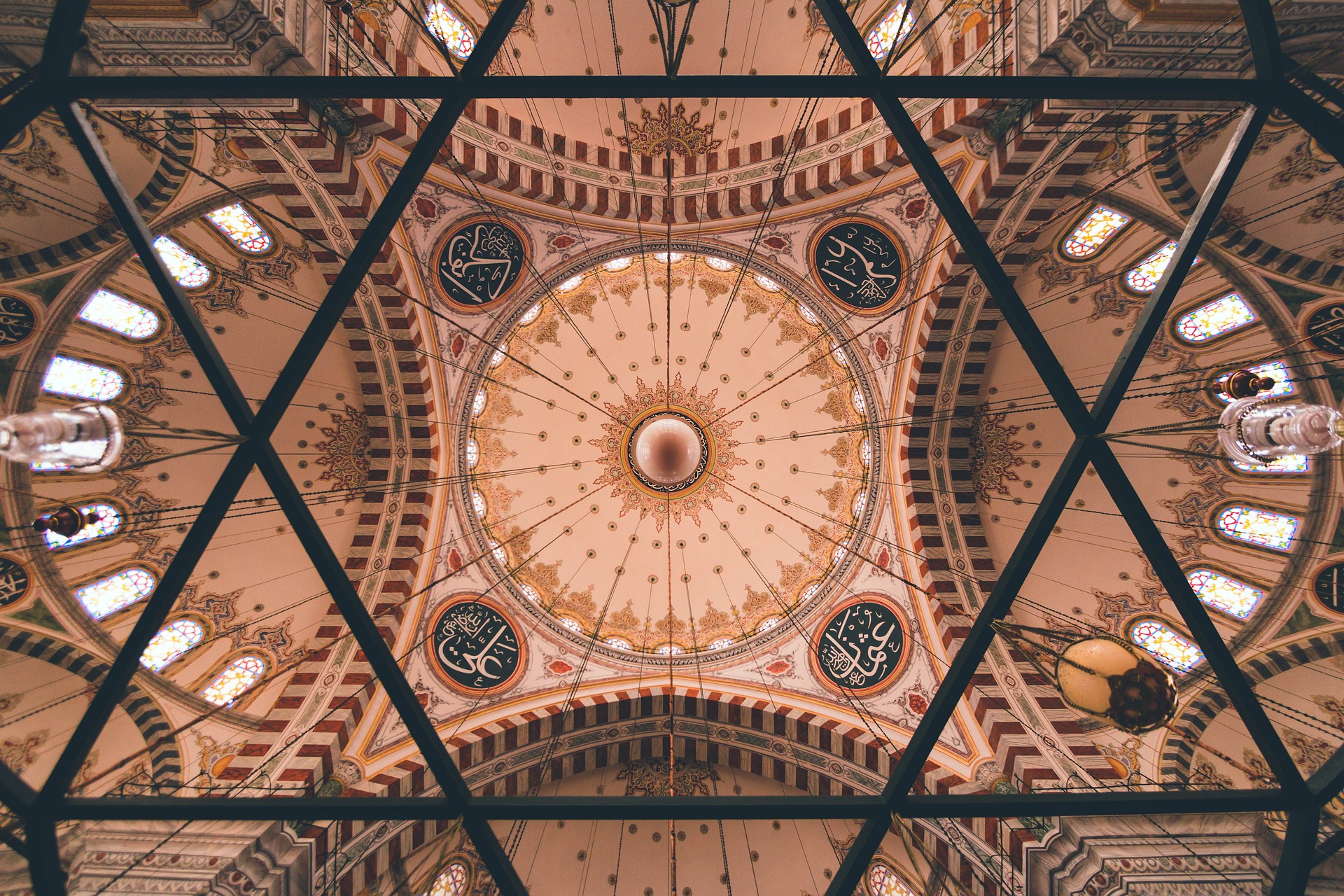
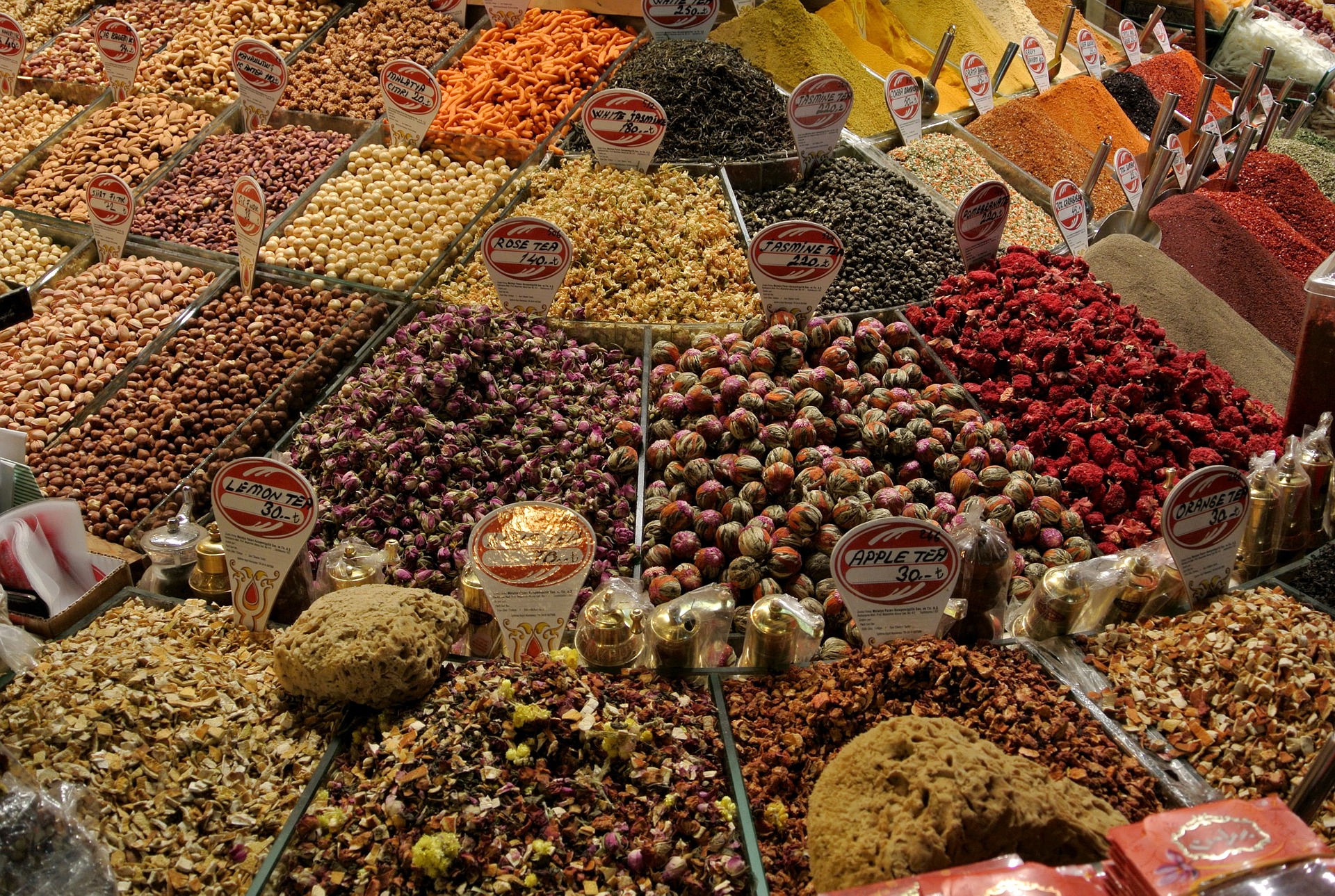
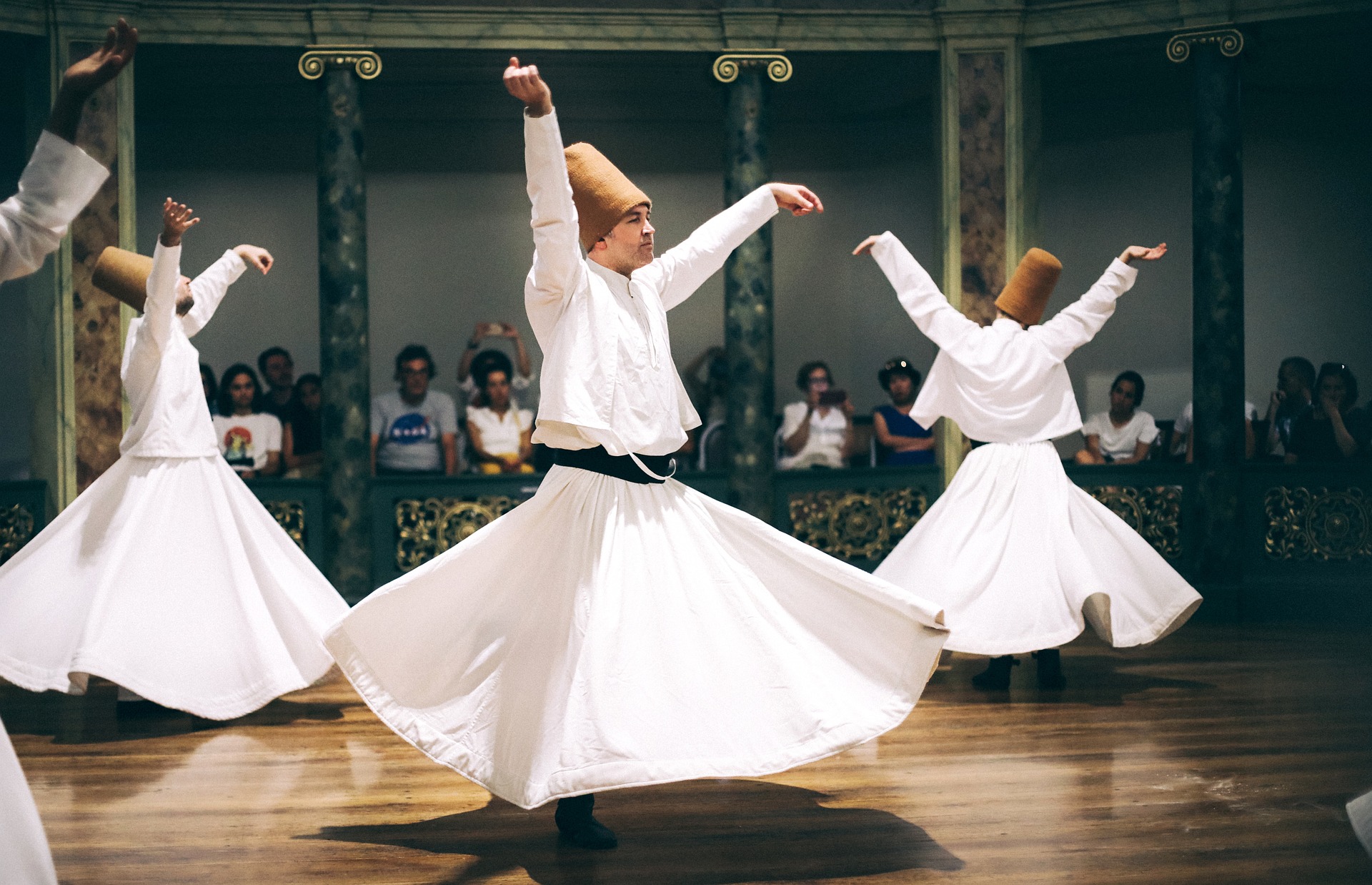
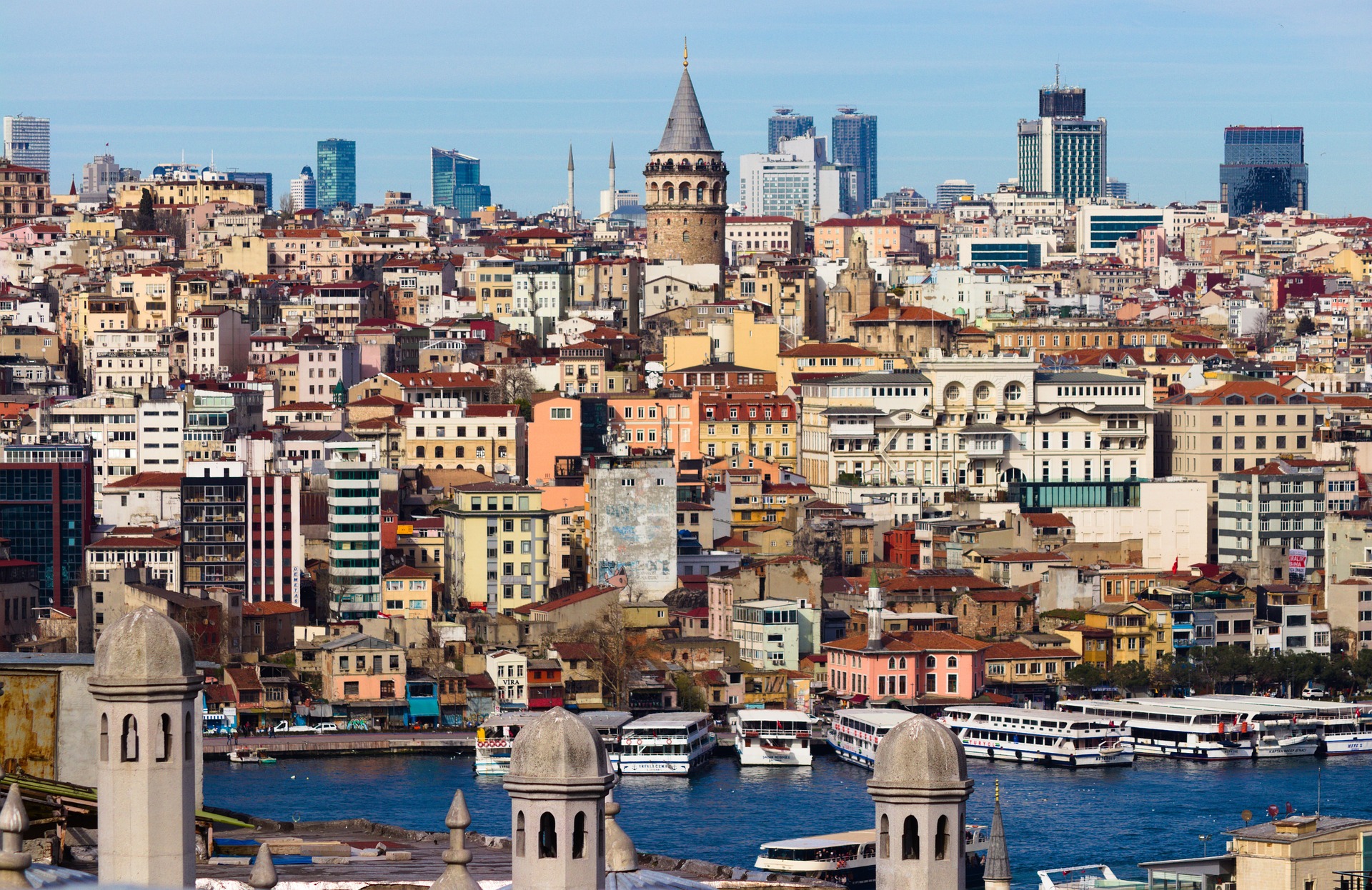
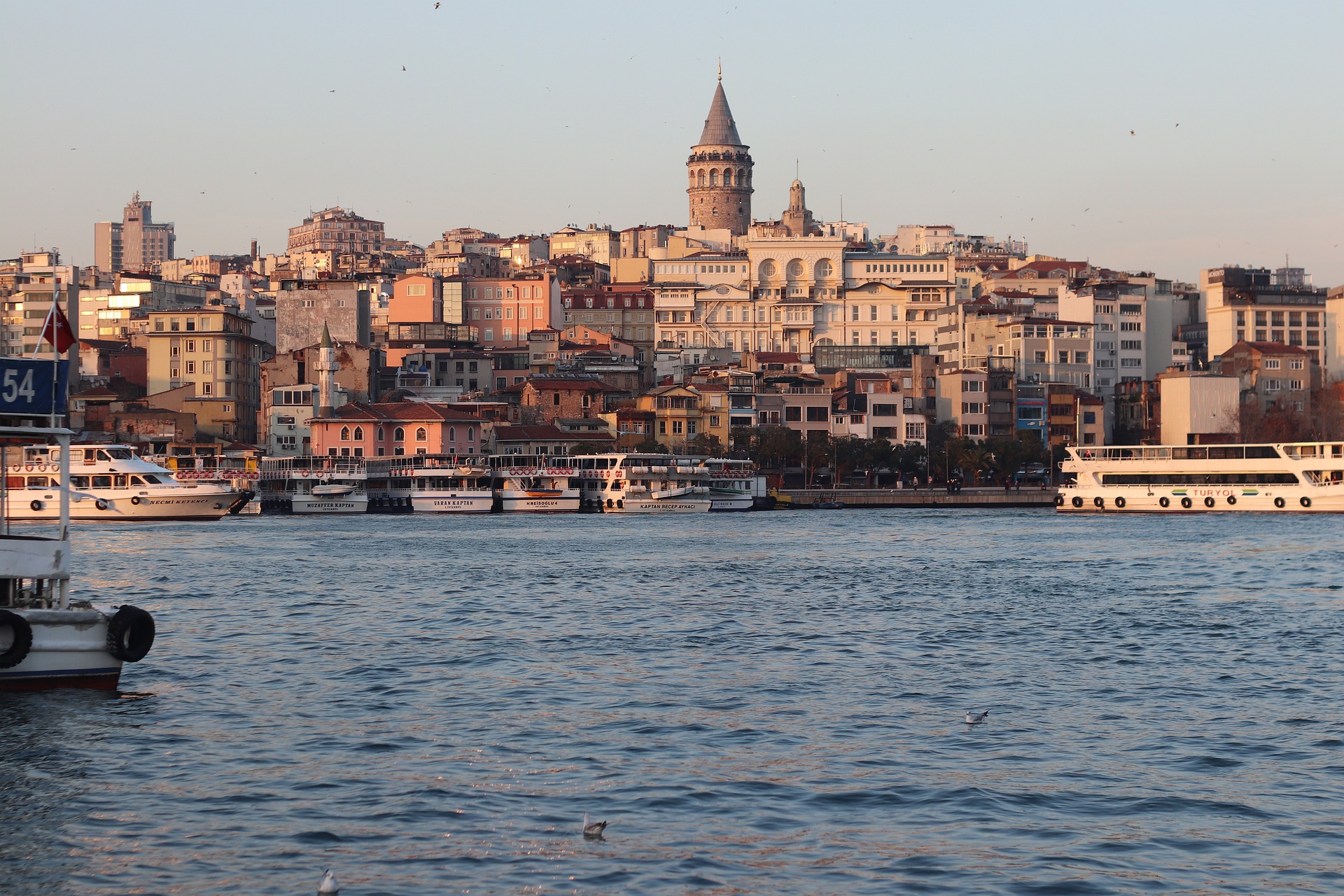
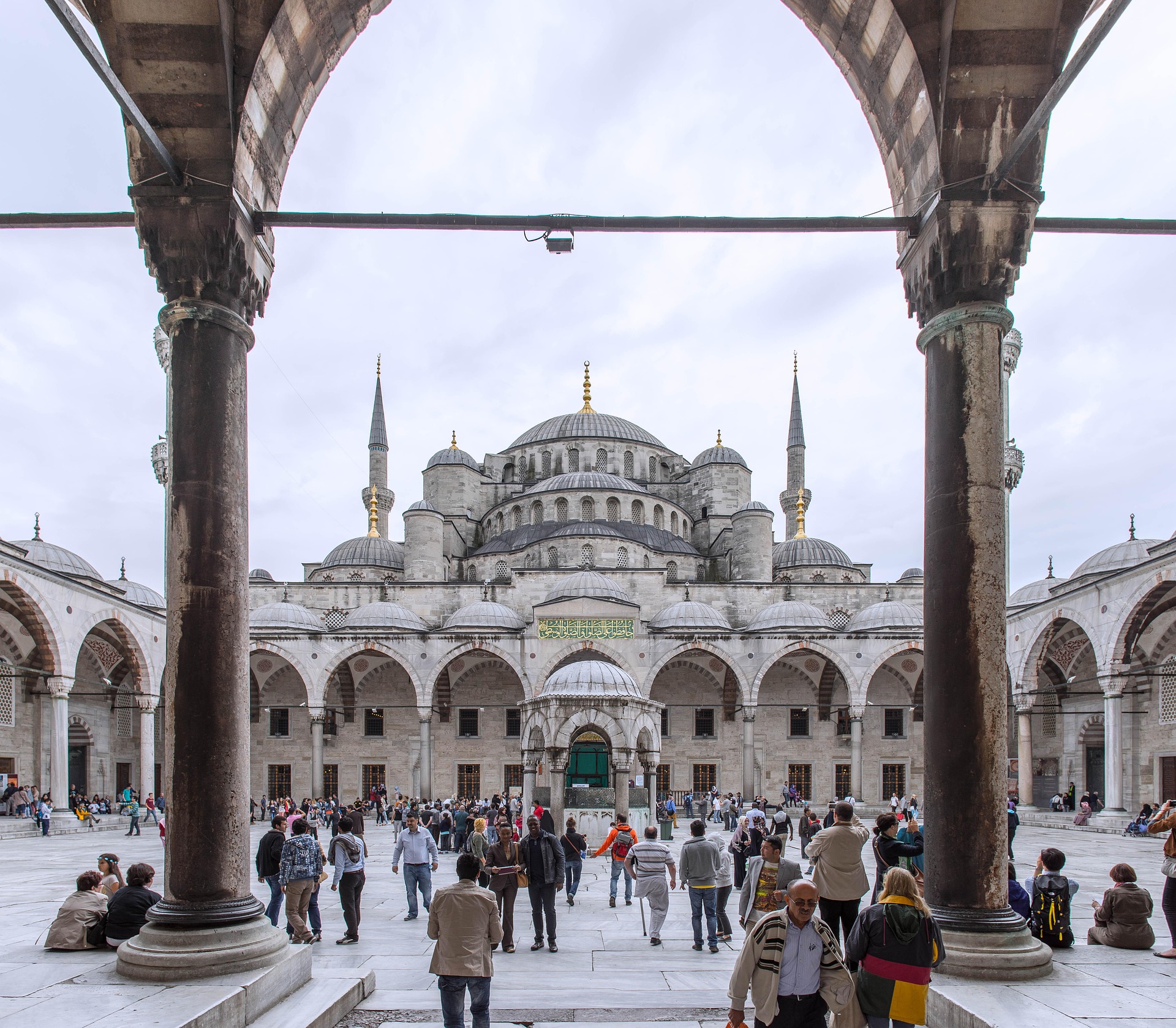
About Istanbul
The only city in the world that can lay claim to straddling two continents, Istanbul—once known as Constantinople, capital of the Byzantine and then the Ottoman Empire—has for centuries been a bustling metropolis with one foot in Europe and the other in Asia. Istanbul embraces this enviable position with both a certain chaos and inventiveness, ever evolving as one of the world’s most cosmopolitan crossroads. It’s often said that Istanbul is the meeting point of East and West, but visitors to this city built over the former capital of two great empires are likely to be just as impressed by the juxtaposition of old and new. Office towers creep up behind historic palaces, women in chic designer outfits pass others wearing long skirts and head coverings, peddlers’ pushcarts vie with battered old Fiats and shiny BMWs for dominance of the noisy, narrow streets, and the Grand Bazaar competes with modern shopping malls. At dawn, when the muezzin's call to prayer resounds from ancient minarets, there are inevitably a few hearty revelers still making their way home from nightclubs and bars. Most visitors to this sprawling city of more than 14 million will first set foot in the relatively compact Old City, where the legacy of the Byzantine and Ottoman empires can be seen in monumental works of architecture like the brilliant Aya Sofya and the beautifully proportioned mosques built by the great architect Sinan. Though it would be easy to spend days, if not weeks, exploring the wealth of attractions in the historical peninsula, visitors should make sure also to venture elsewhere in order to experience the vibrancy of contemporary Istanbul. With a lively nightlife propelled by its young population and an exciting arts scene that’s increasingly on the international radar—thanks in part to its stint as the European Capital of Culture in 2010—Istanbul is truly a city that never sleeps. It’s also a place where visitors will feel welcome: Istanbul may be on the Bosphorus, but at heart it’s a Mediterranean city, whose friendly inhabitants are effusively social and eager to share what they love most about it.








About Istanbul
The only city in the world that can lay claim to straddling two continents, Istanbul—once known as Constantinople, capital of the Byzantine and then the Ottoman Empire—has for centuries been a bustling metropolis with one foot in Europe and the other in Asia. Istanbul embraces this enviable position with both a certain chaos and inventiveness, ever evolving as one of the world’s most cosmopolitan crossroads. It’s often said that Istanbul is the meeting point of East and West, but visitors to this city built over the former capital of two great empires are likely to be just as impressed by the juxtaposition of old and new. Office towers creep up behind historic palaces, women in chic designer outfits pass others wearing long skirts and head coverings, peddlers’ pushcarts vie with battered old Fiats and shiny BMWs for dominance of the noisy, narrow streets, and the Grand Bazaar competes with modern shopping malls. At dawn, when the muezzin's call to prayer resounds from ancient minarets, there are inevitably a few hearty revelers still making their way home from nightclubs and bars. Most visitors to this sprawling city of more than 14 million will first set foot in the relatively compact Old City, where the legacy of the Byzantine and Ottoman empires can be seen in monumental works of architecture like the brilliant Aya Sofya and the beautifully proportioned mosques built by the great architect Sinan. Though it would be easy to spend days, if not weeks, exploring the wealth of attractions in the historical peninsula, visitors should make sure also to venture elsewhere in order to experience the vibrancy of contemporary Istanbul. With a lively nightlife propelled by its young population and an exciting arts scene that’s increasingly on the international radar—thanks in part to its stint as the European Capital of Culture in 2010—Istanbul is truly a city that never sleeps. It’s also a place where visitors will feel welcome: Istanbul may be on the Bosphorus, but at heart it’s a Mediterranean city, whose friendly inhabitants are effusively social and eager to share what they love most about it.








Lavishly appointed riverview grand suite (302 sq ft - 28 sq m) with a French balcony and a spacious living room
Handcrafted Savoir® Beds of England, closet, hair dryer, safe, individual thermostat, and flat-screen TV with infotainment center
Marble bathroom with Asprey bath and body products, plush towels, towel warmers, comfortable bathrobes and slippers, separate bathtub, heated mirror, and backlit magnifying mirror
Additional amenities and service include: in-suite butler service; packing and unpacking assistance; in-room breakfast; daily fruit and cookie plate, and an elegant evening snack; Nespresso coffee machine and fine teas; fully stocked mini bar; bottle of wine upon arrival; shoe shine and free laundry service

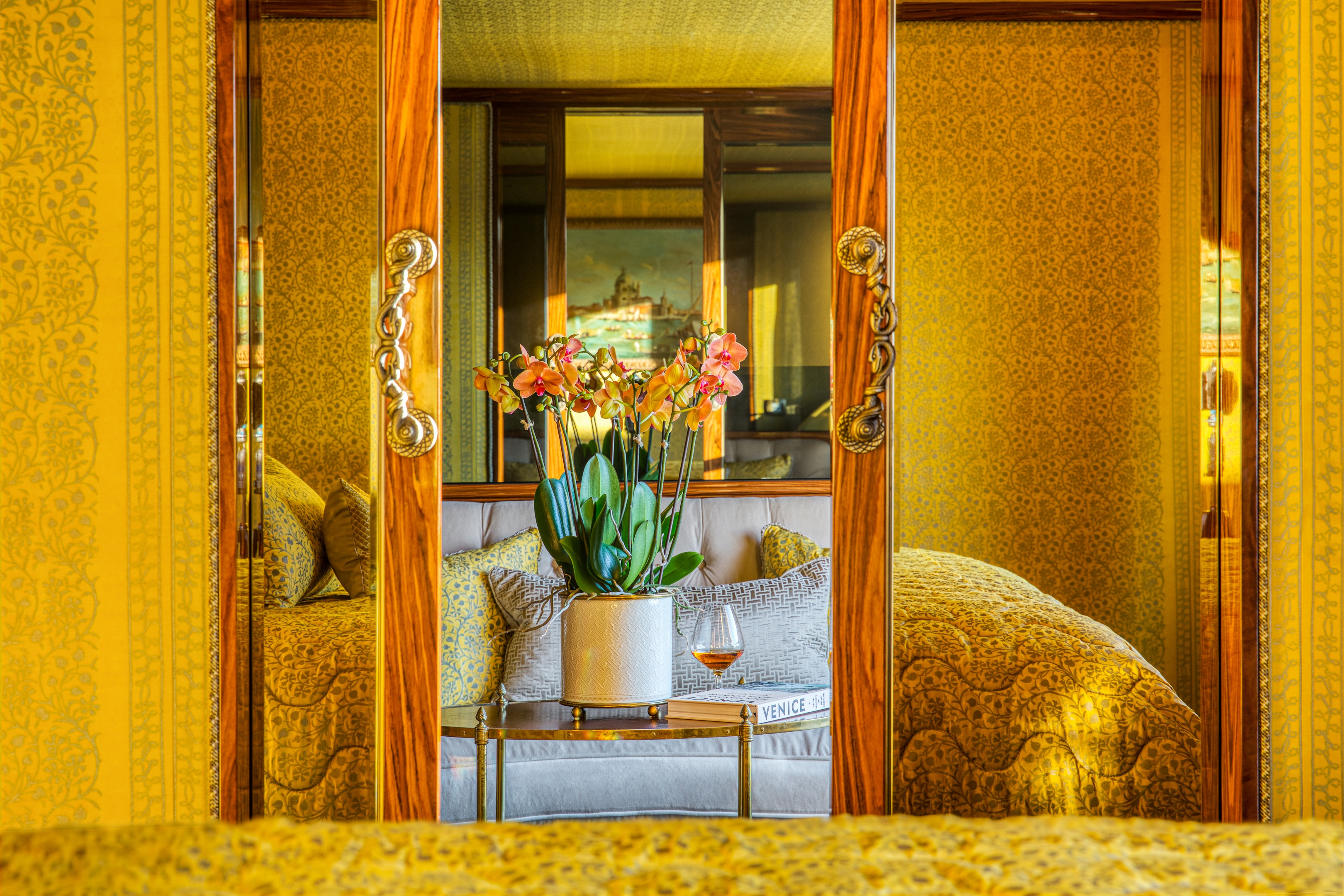
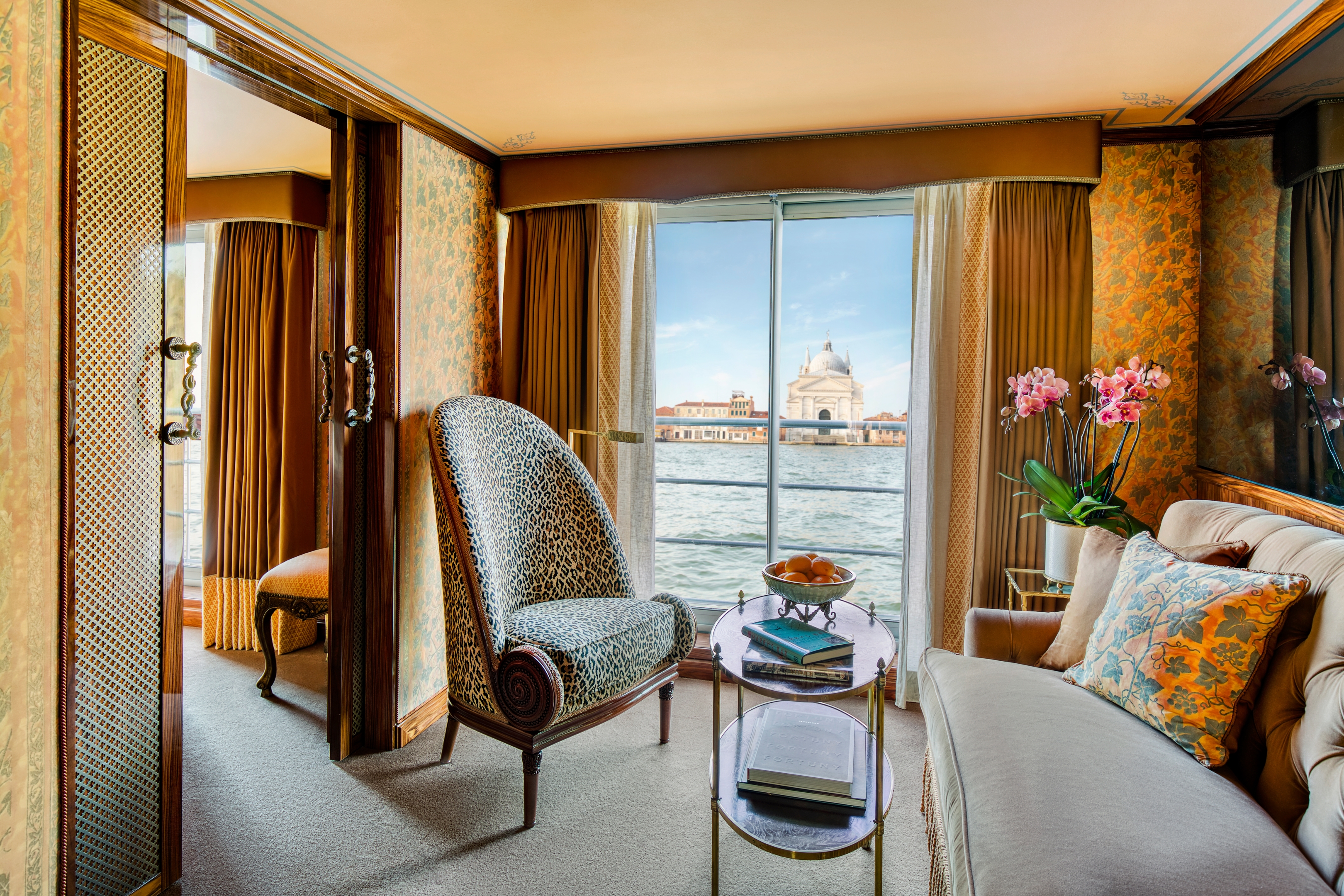
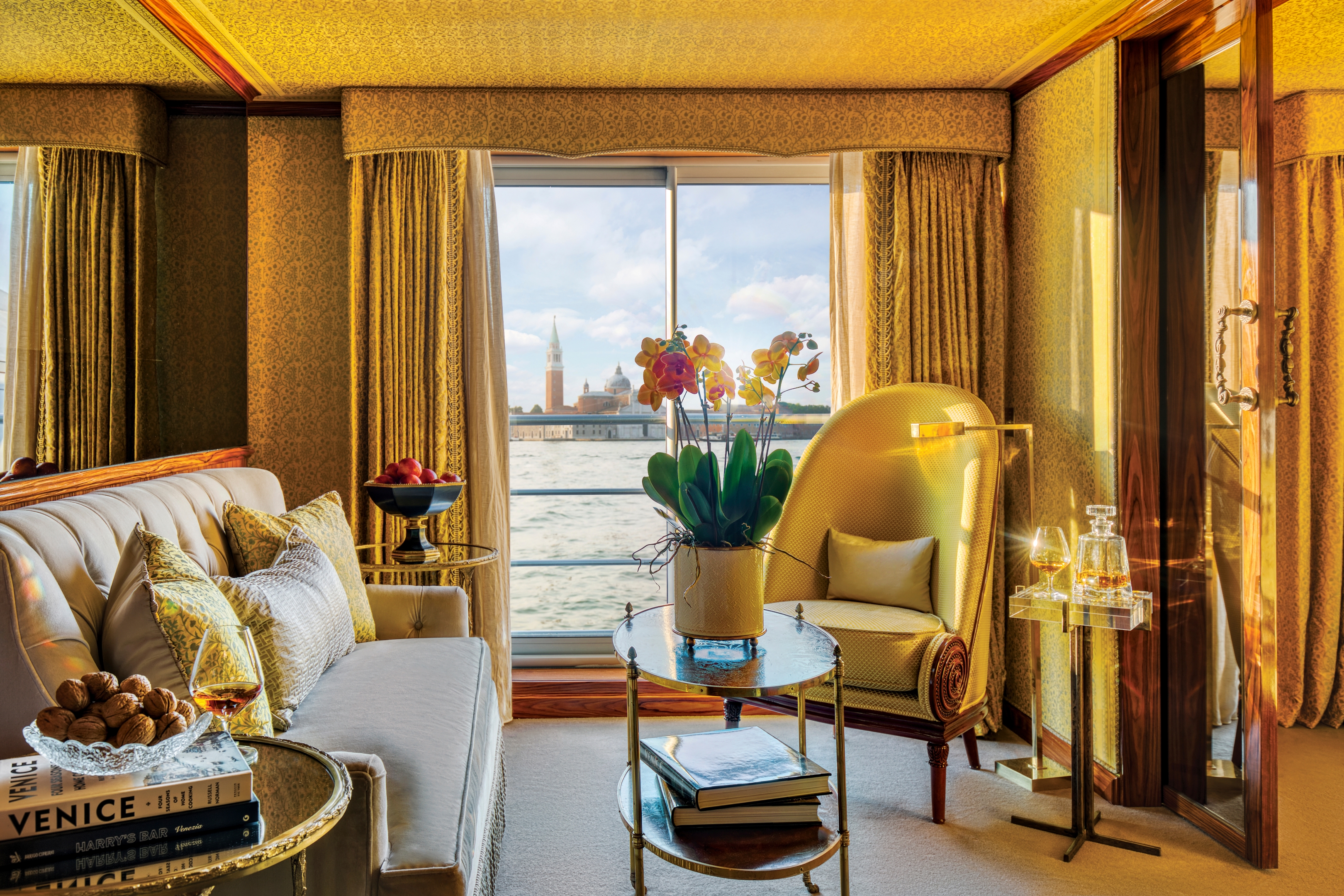
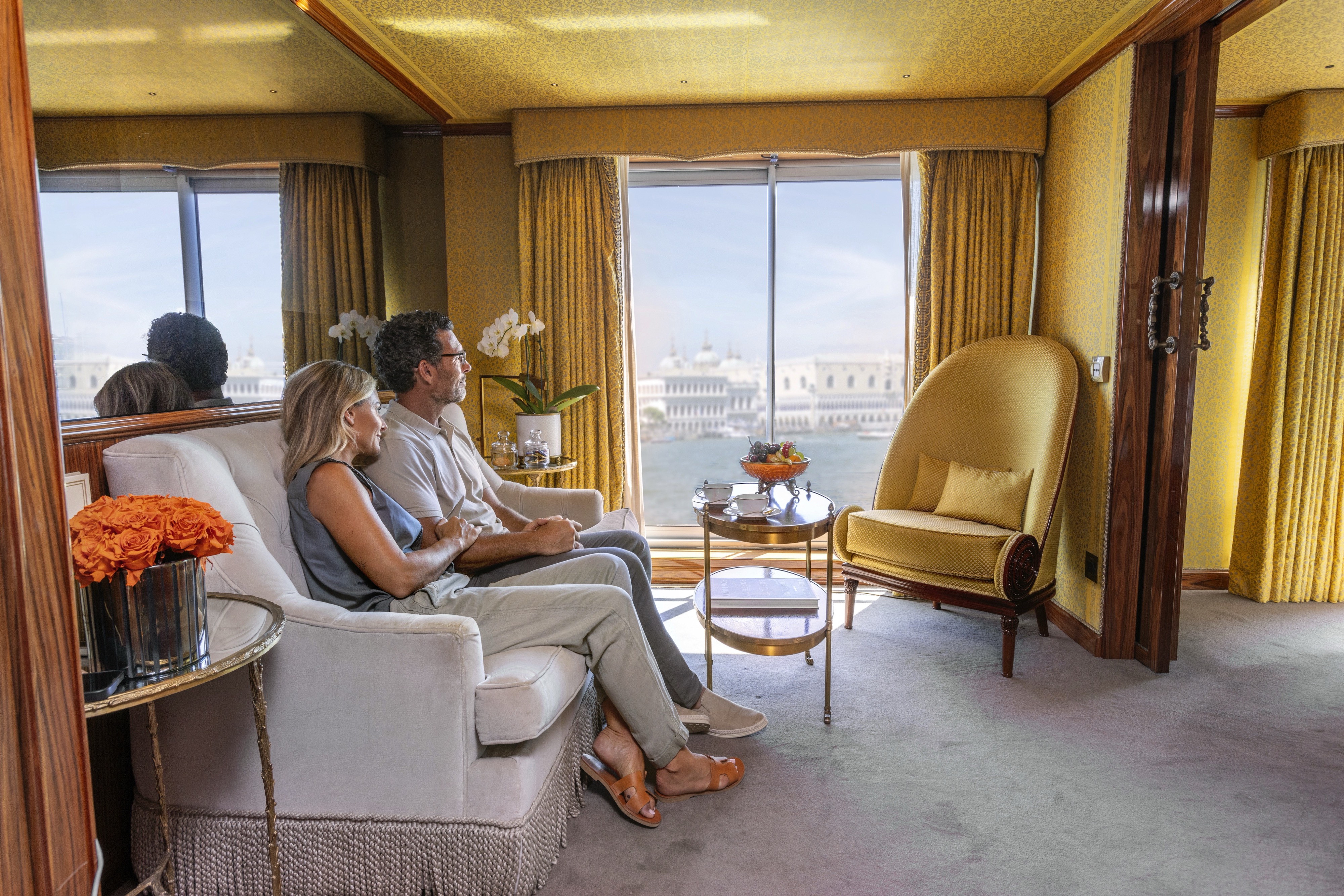
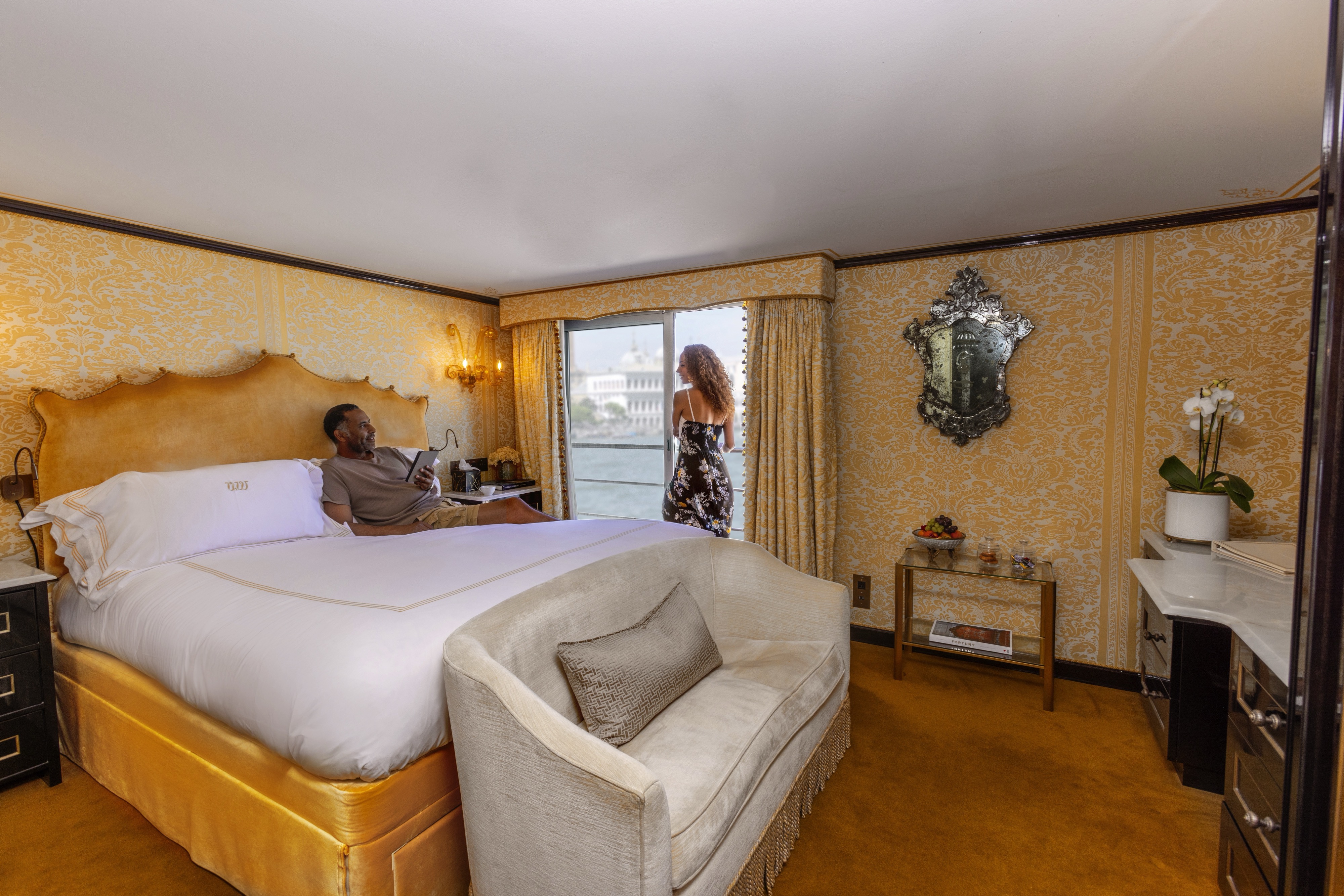
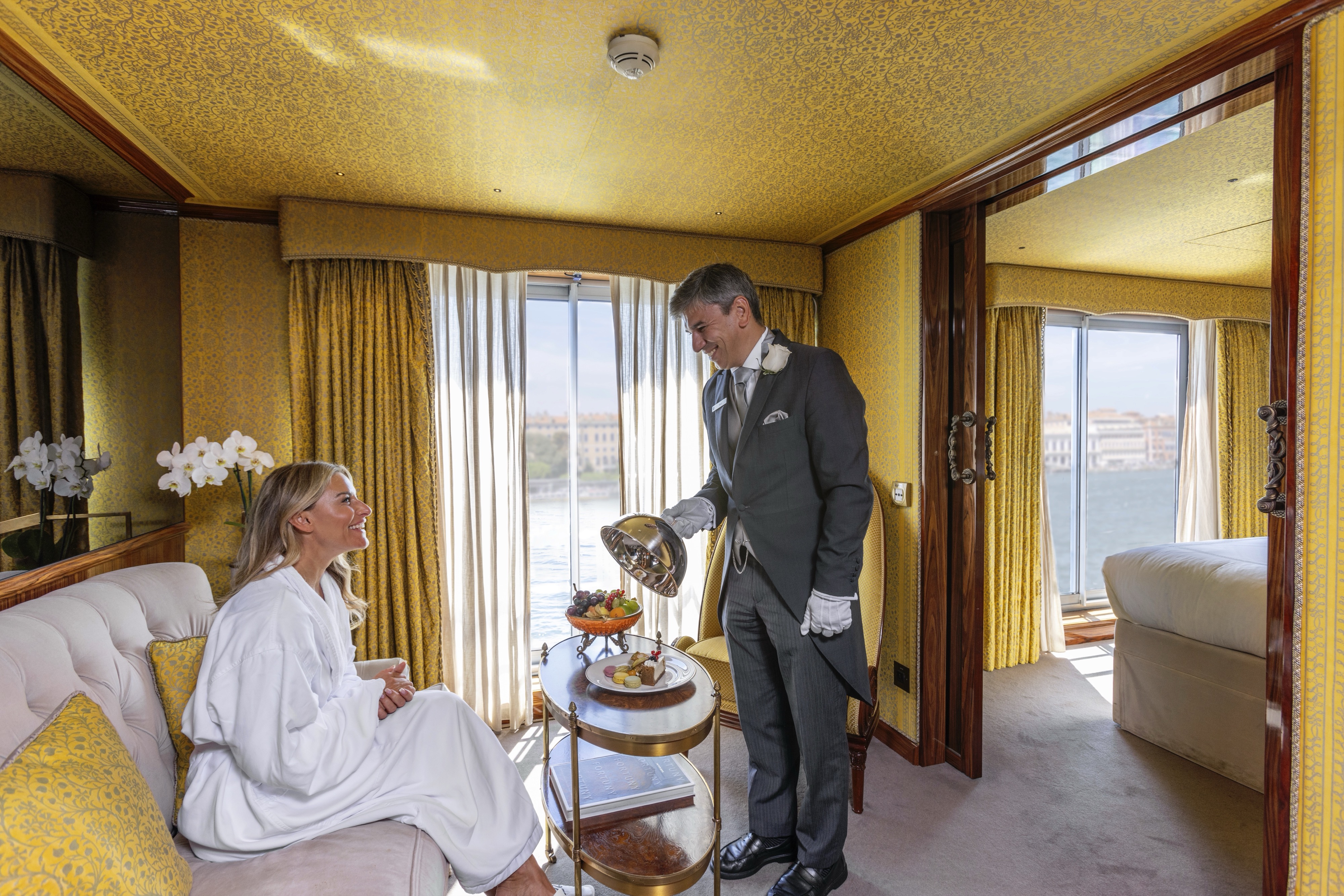

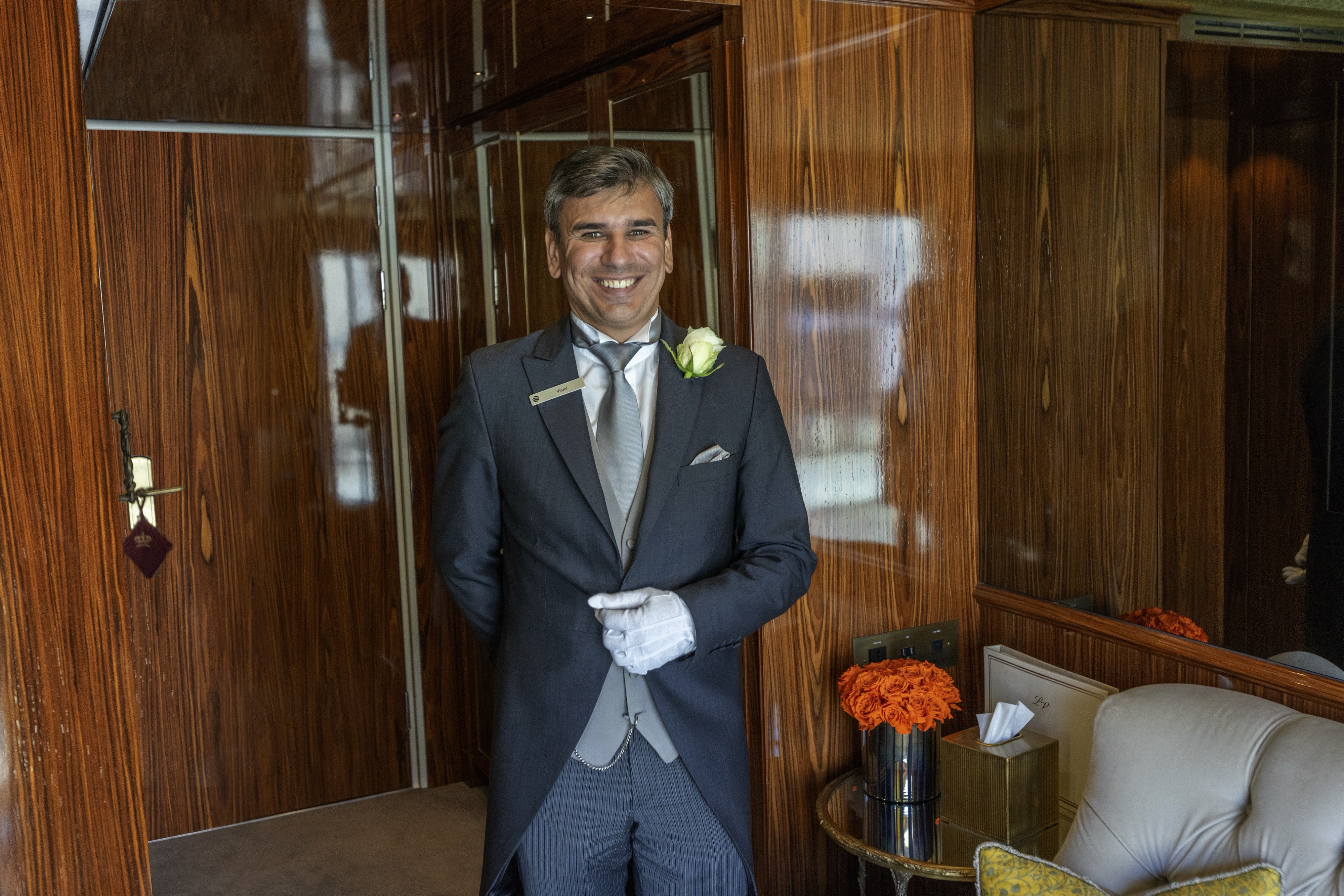
Luxurious riverview suite (214 sq ft - 20 sq m) with a French balcony
Handcrafted Savoir® Beds of England, closet, hair dryer, safe, individual thermostat, and flat-screen TV with infotainment center
Marble bathroom with Asprey bath and body products, plush towels, towel warmers, comfortable bathrobes and slippers, heated mirror, and backlit magnifying mirror
Additional amenities and services, include: in-suite butler service; packing and unpacking assistance; in-room breakfast; daily fruit and cookie plate, and an elegant evening snack; Nespresso coffee machine and fine teas; fully stocked mini bar; bottle of wine upon arrival; shoe shine and free laundry service

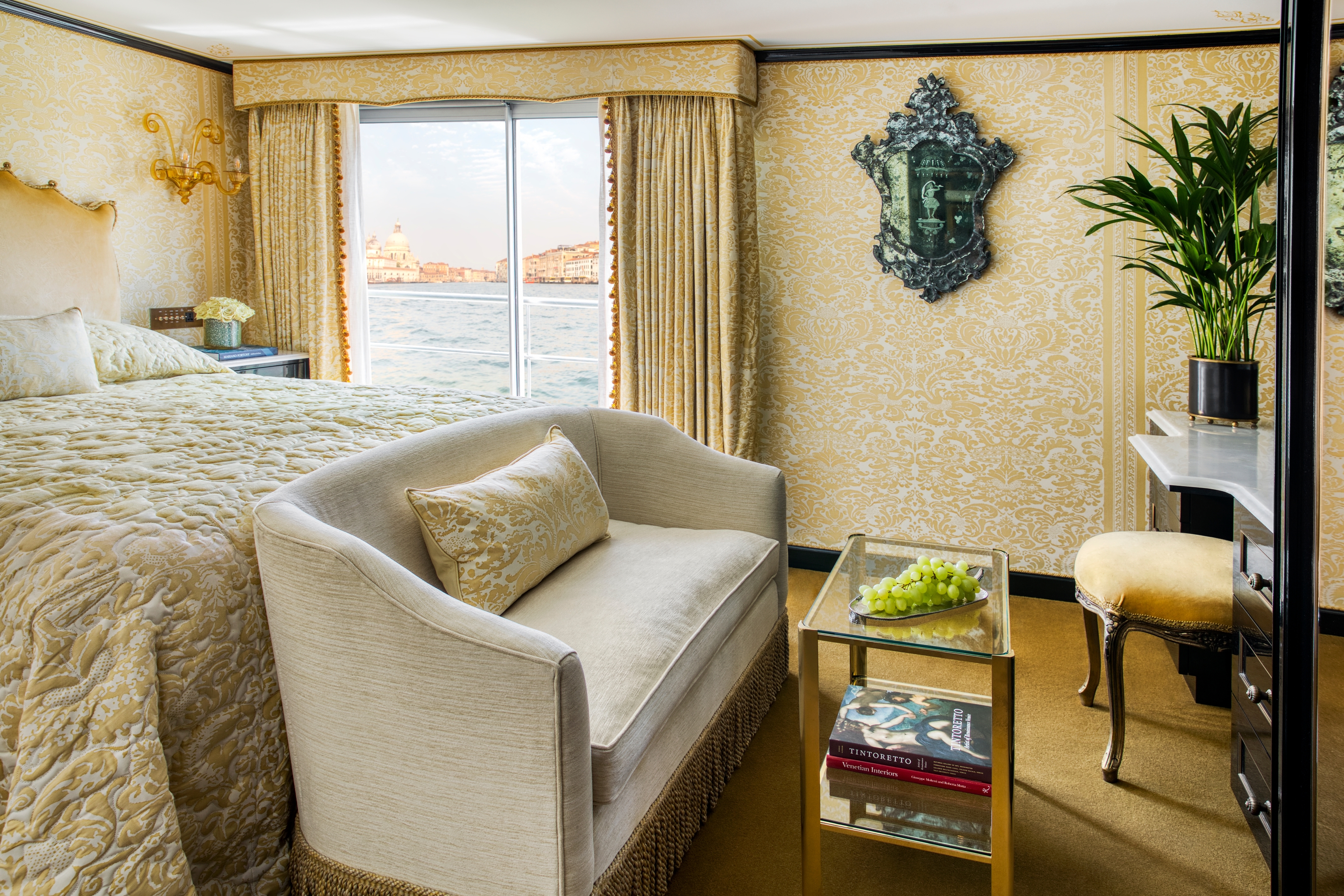
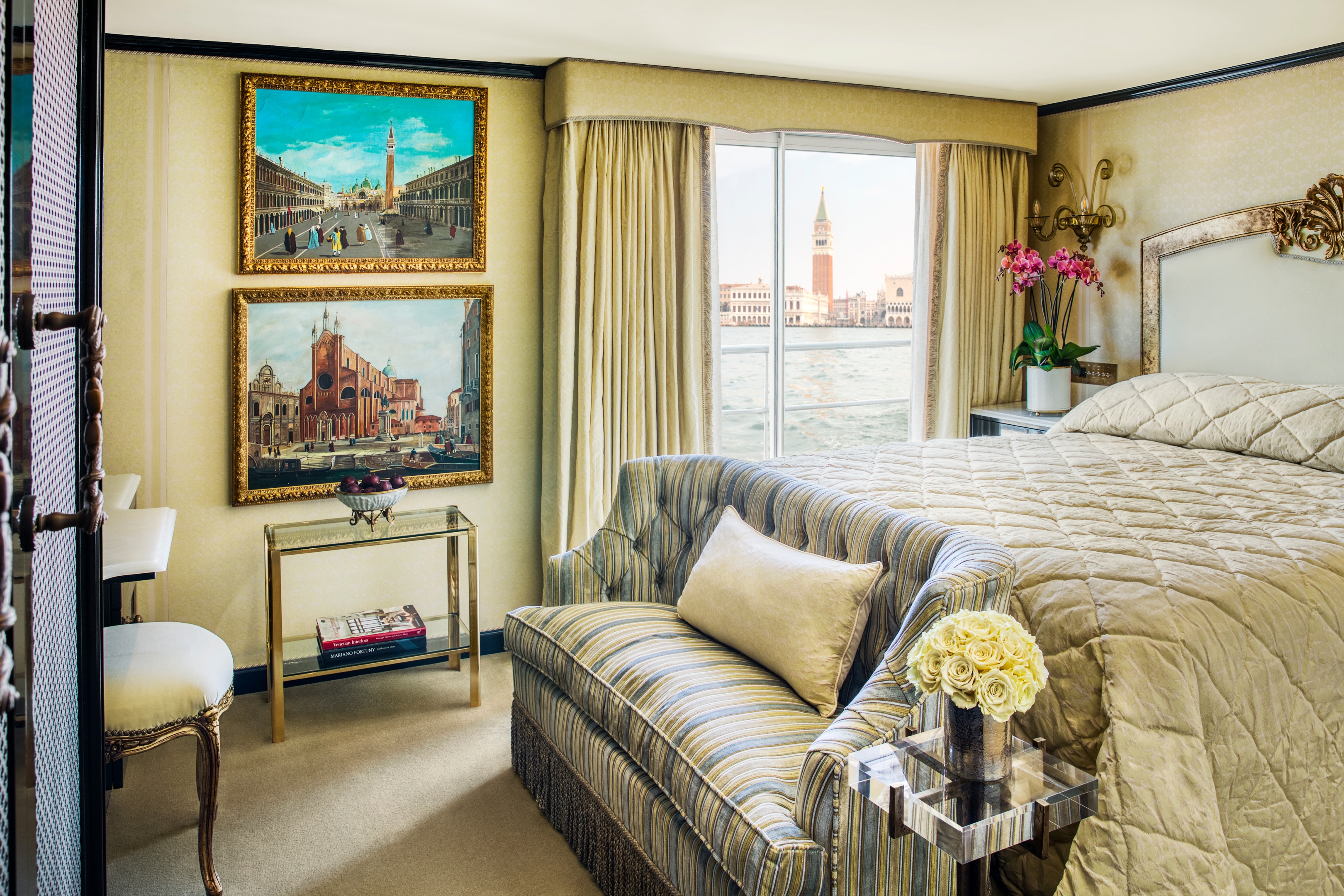
Luxurious riverview stateroom (151 sq ft - 14 sq m) with a French balcony
Handcrafted Savoir® Beds of England, closet, hair dryer, safe, individual thermostat, and flat-screen TV with infotainment center
Marble bathroom with Asprey bath and body products, plush towels, comfortable bathrobes and slippers, heated mirror, and backlit magnifying mirror
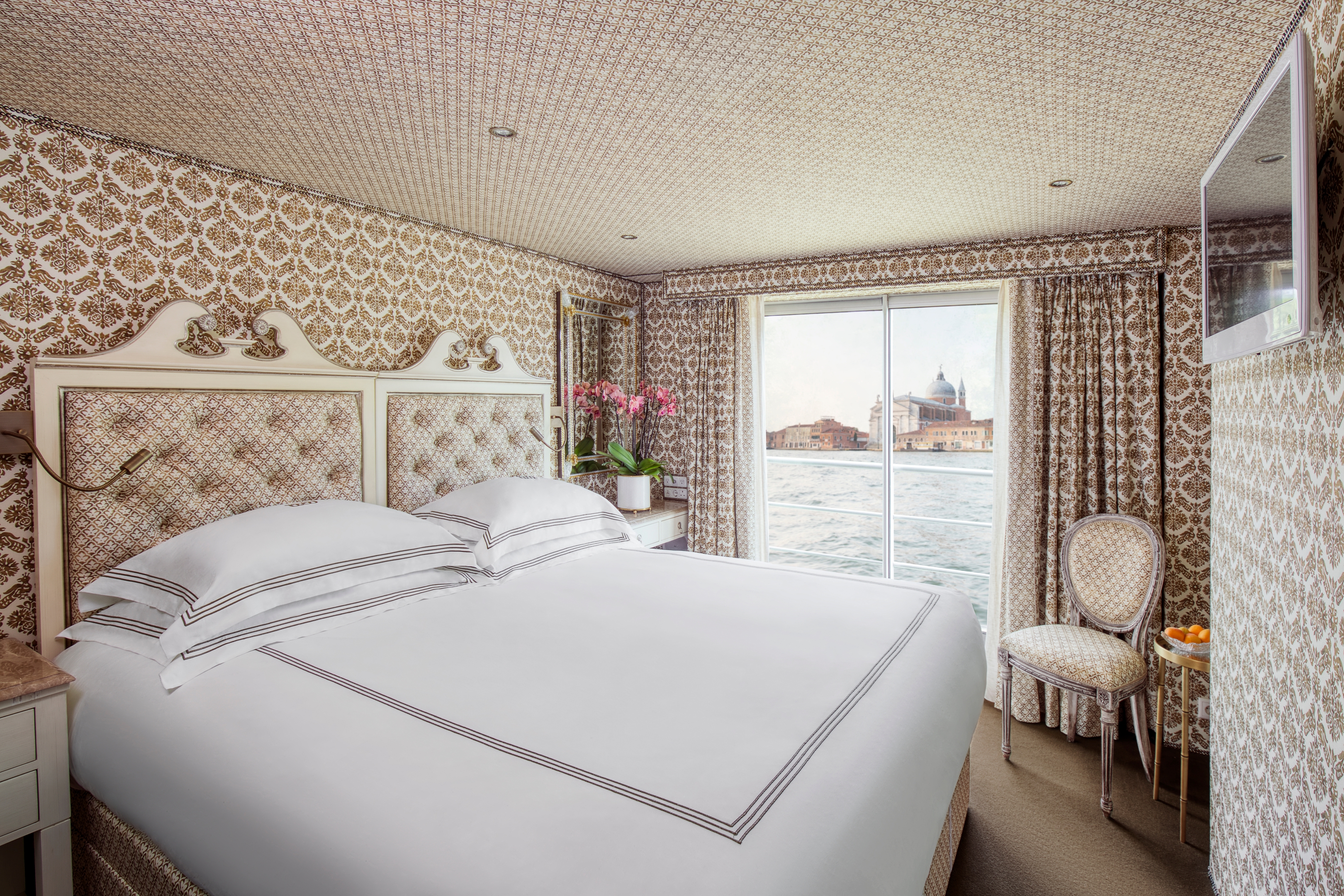
Luxurious riverview stateroom (151 sq ft - 14 sq m)
Handcrafted Savoir® Beds of England, built-in closet, hair dryer, safe, individual thermostat, and flat-screen TV with infotainment center
Marble bathroom with Asprey bath and body products, plush towels, comfortable bathrobes and slippers, heated mirror, and backlit magnifying mirror
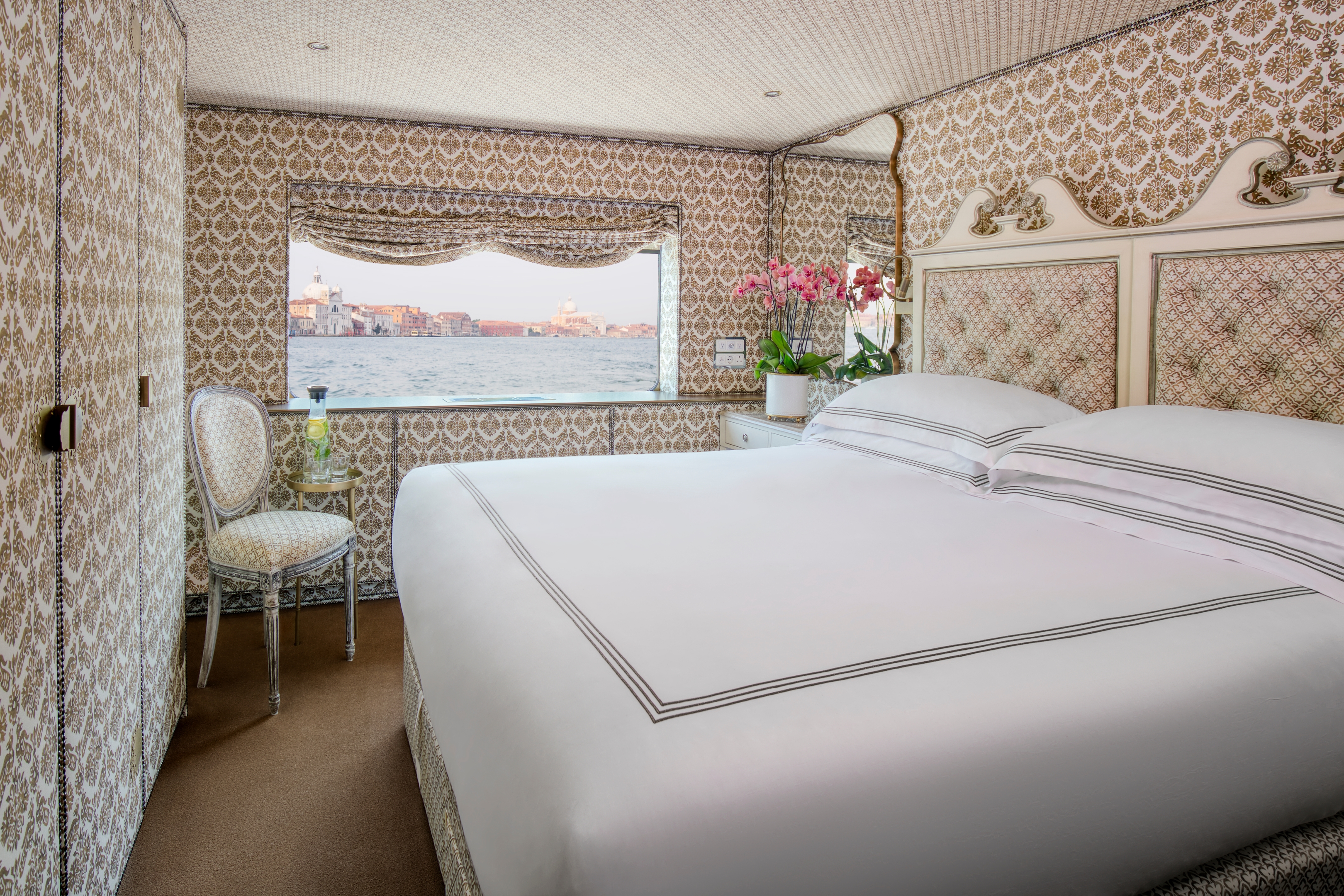
Luxurious riverview stateroom (151 sq ft - 14 sq m)
Handcrafted Savoir® Beds of England, built-in closet, hair dryer, safe, individual thermostat, and flat-screen TV with infotainment center
Marble bathroom with Asprey bath and body products, plush towels, comfortable bathrobes and slippers, heated mirror, and backlit magnifying mirror
Note: windows in these staterooms are situated at the water line; additional details on the cabin are available on request
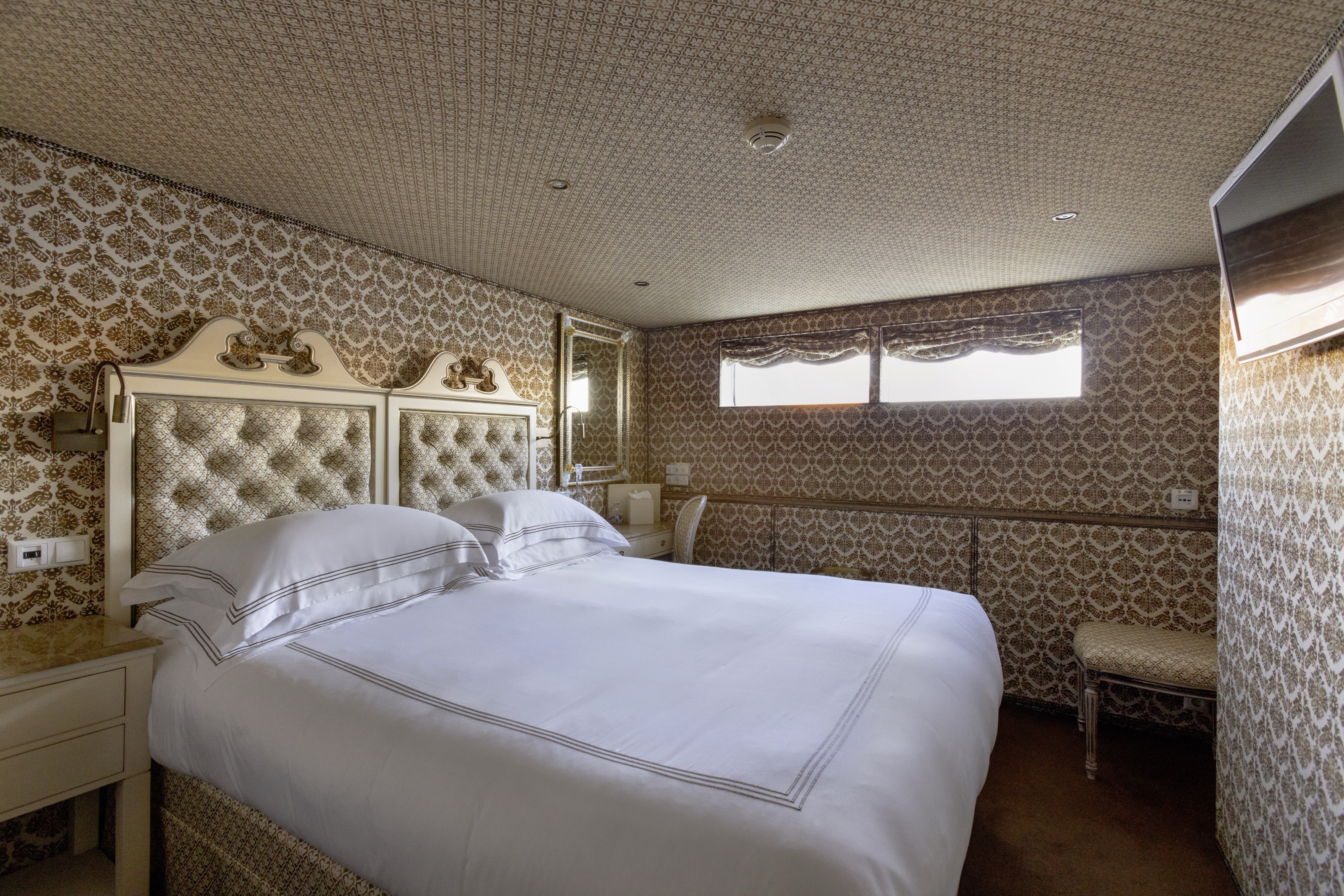
S.S. La Venezia
The River Countess underwent a complete design renovation in 2020, debuting as the S.S. La Venezia to bring guests an enhanced luxury experience inspired by Northern Italy. The redesign of the ship drew influence from the fine Fortuny fabrics displayed prominently onboard. Murano glass, gilded accents, and artistic etched elements pay homage to popular Venetian aesthetics of the early 20th century, creating an onboard atmosphere that is at once elegant and nostalgic.
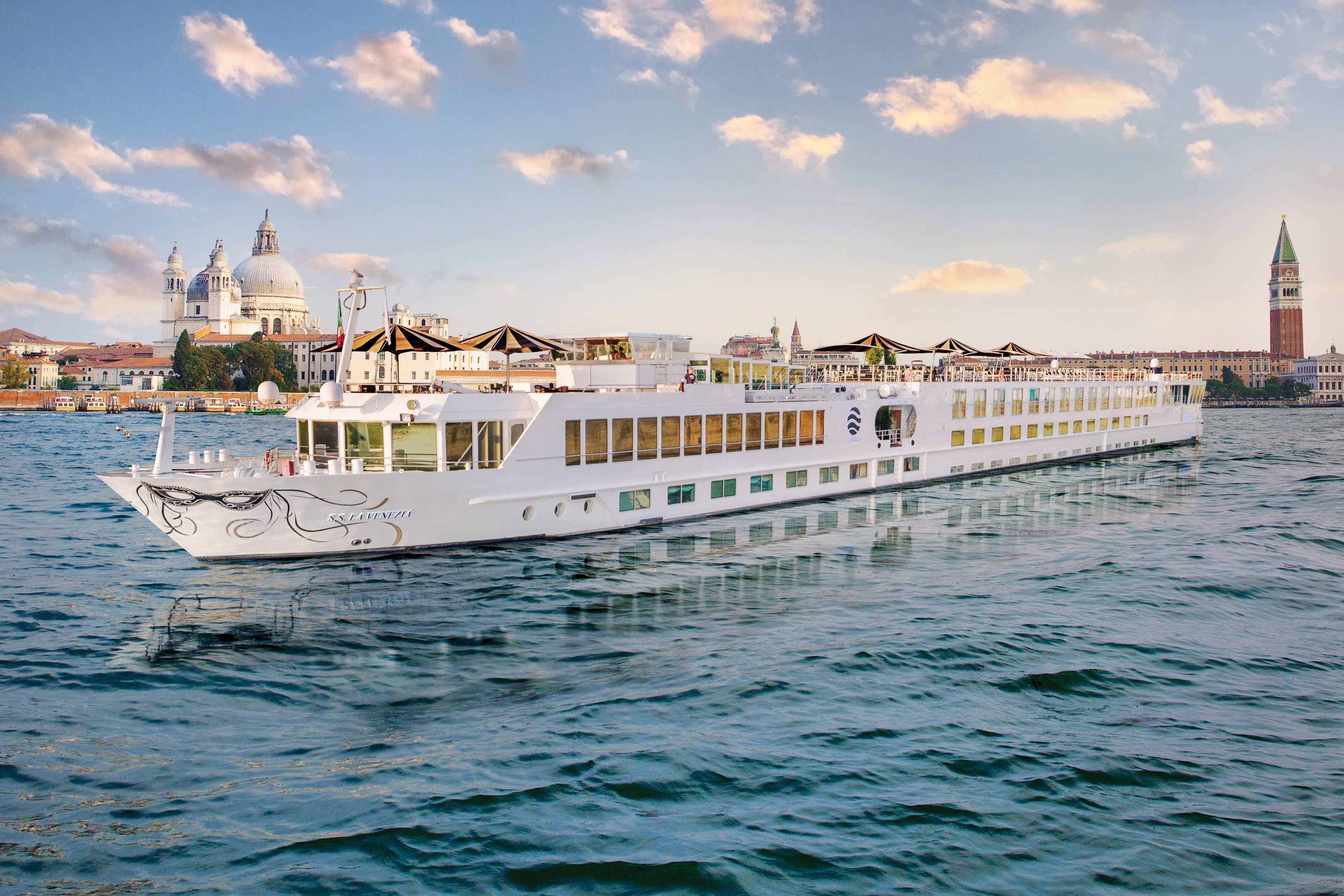
Ship Facts
| Launch Year | 2003 | ||||||||
| Refit Year | 2020 | ||||||||
| Language | en | ||||||||
| Gross Tonnage | N/A | ||||||||
| Length | 110 | ||||||||
| Width | 11.4 | ||||||||
| Currency | EUR | ||||||||
| Speed | 13 | ||||||||
| Capacity | 126 | ||||||||
| Crew Count | 43 | ||||||||
| Deck Count | 4 | ||||||||
| Cabin Count | 63 | ||||||||
| Large Cabin Count | 2 | ||||||||
| Wheelchair Cabin Count | N/A | ||||||||
| Electrical Plugs |
|
Lido di Venezia Deck
- Cielo's
- Bridge

Murano Deck
- Ristorante Rialto
- Reception
- Cruise Manager Desk
- Bar
- Hari's Bar & Lounge
- Panini Bar
- Grand Suites
- Suites
- French Balcony Staterooms

Burano / Mazzorbo Deck
- La Cantinetta
- Fitness Centre
- 24hr Coffee & Tea Station
- Serenity River Spa
- Deluxe Staterooms

Tercello Deck
- Guest Laundry
- Classic Staterooms

Culinary Excellence
We treat cooking as an art form, a very delicious art form.
Enjoy an Unrivaled Taste of your Destinations
When dining onboard, you’ll be treated to world-class cuisine made from fresh ingredients, locally sourced from the destinations you visit.
From Farm to Ship
Farm-to-table isn’t just a trendy culinary buzzword around here. It’s a governing philosophy and commitment to serving you the very best local dishes created by our master chefs. When in Italy, dinner may consist of Prosciutto di Parma pizza and Osso Buco Milanese, prepared to your liking, with meats and vegetables sourced from just miles away. After a day immersed in Indian culture, your taste buds may do some immersing of their own with Gajar Shorba and Tandoori Chicken Tikka for lunch. Live brilliantly. Dine locally.
Creative Culinary Options
For those interested in healthier dining options, our Traveling Lite menu conveniently highlights the lightest dinner options every evening. We also offer a variety of vegetarian and vegan dishes, as well as gluten-free replacements upon request. If you have a specific meal preference, just ask. Our chefs will be happy to accommodate.
La Cantinetta
When dining onboard, you’ll be treated to world-class cuisine made from fresh ingredients, locally sourced from the destinations you visit.
Ristorante Rialto
Cielo's
Cielo's can be found on Lido di Venezia Deck.
Panini Bar
The Panini Bar can be found on the Murano Deck.
Depending on the itinerary, talented local performers (music, dance, traditional arts, etc.) may come onboard from time to time to provide after-dinner entertainment.
Hari's Bar & Lounge
Hari's Bar and Lounge can be found on the Murano Deck.
Lobby
The Lobby can be found on the Burano Deck.